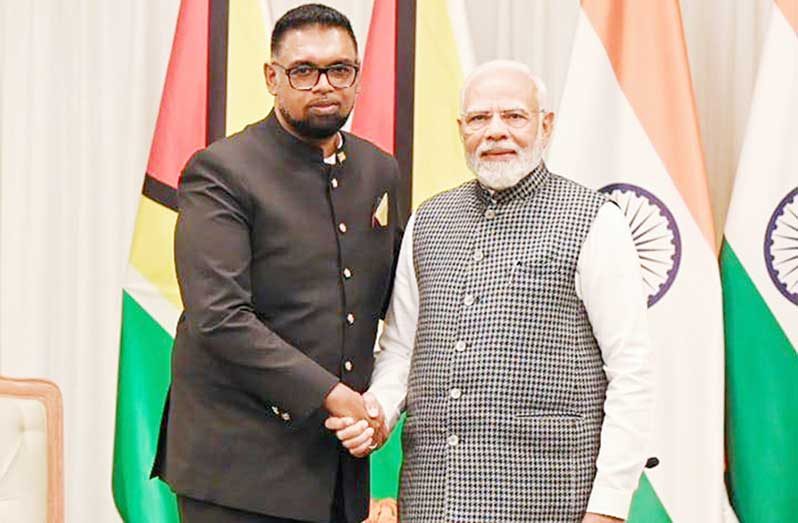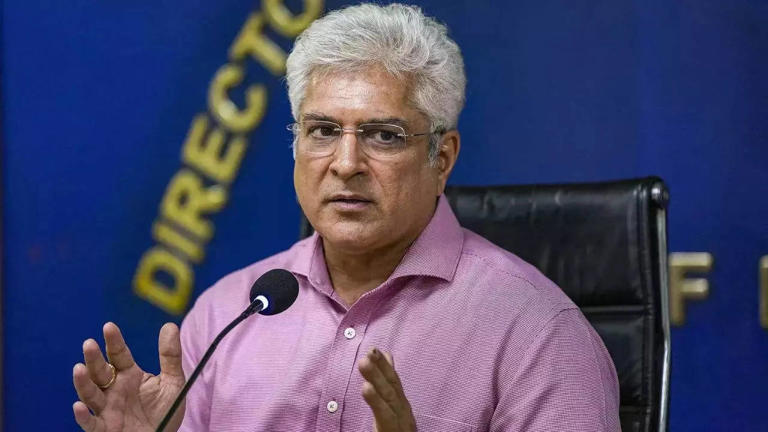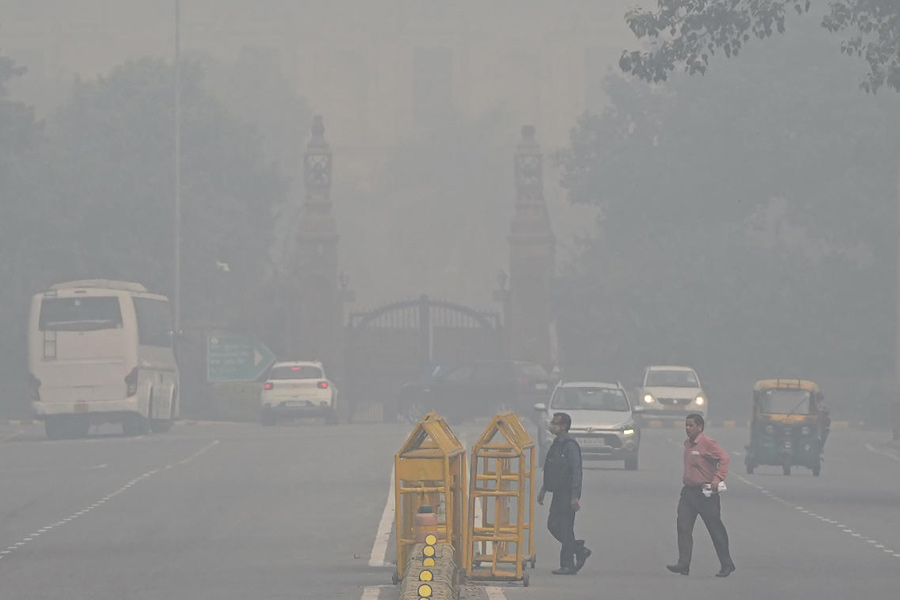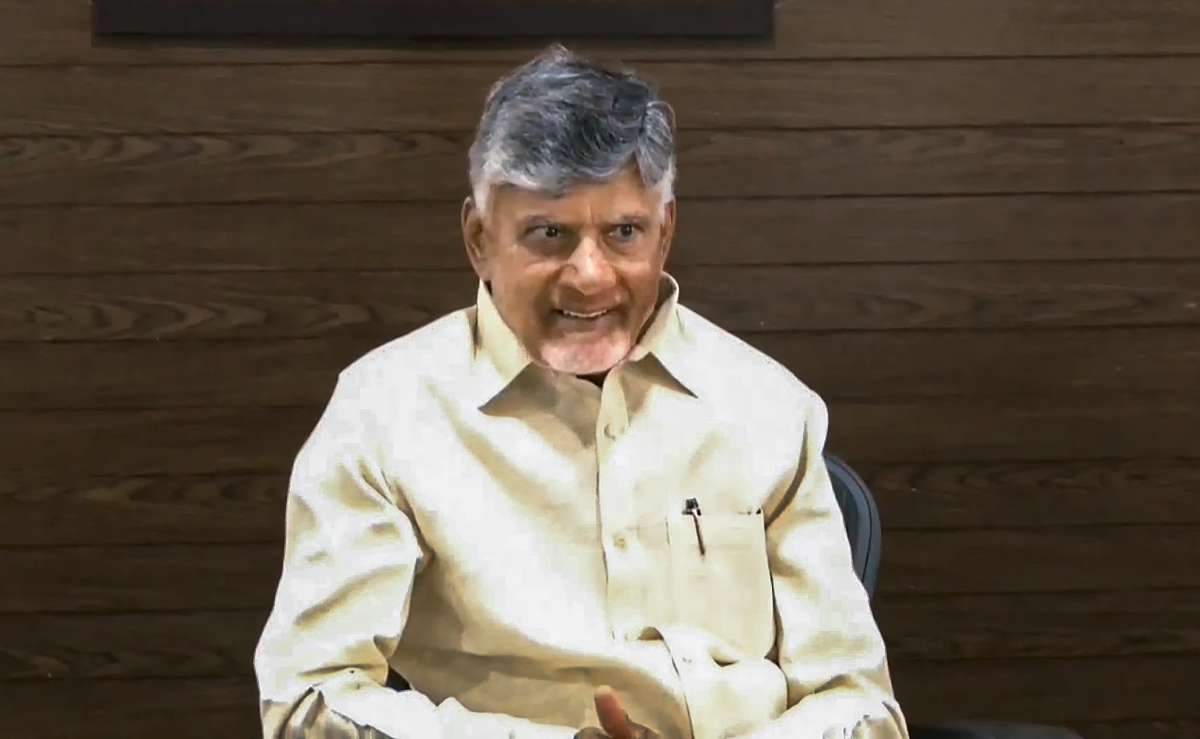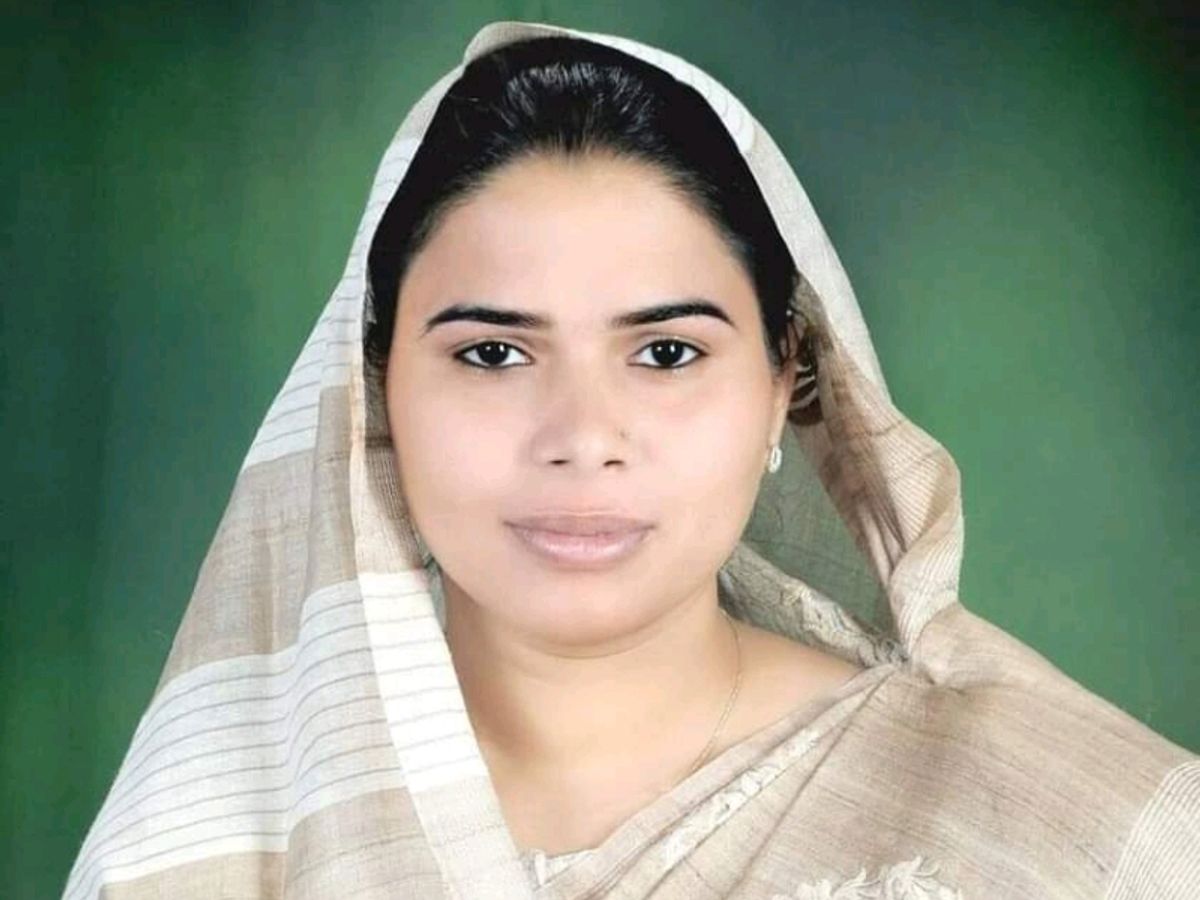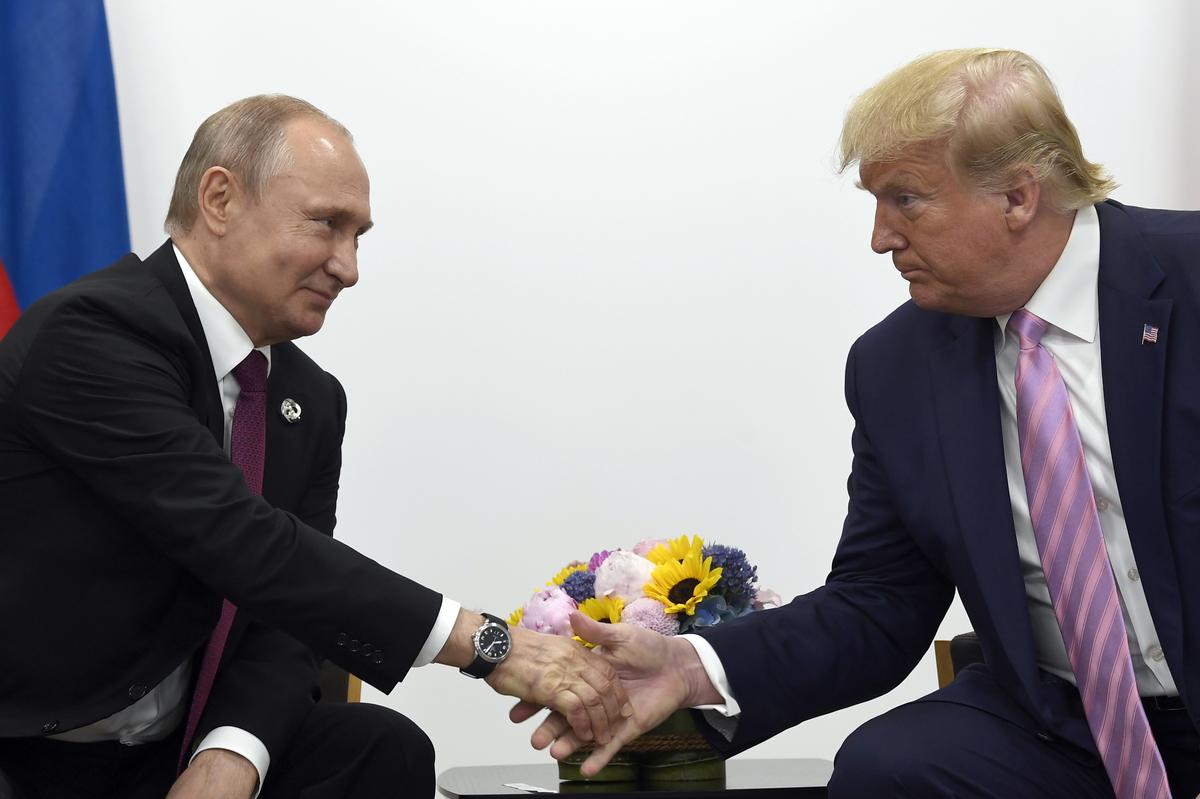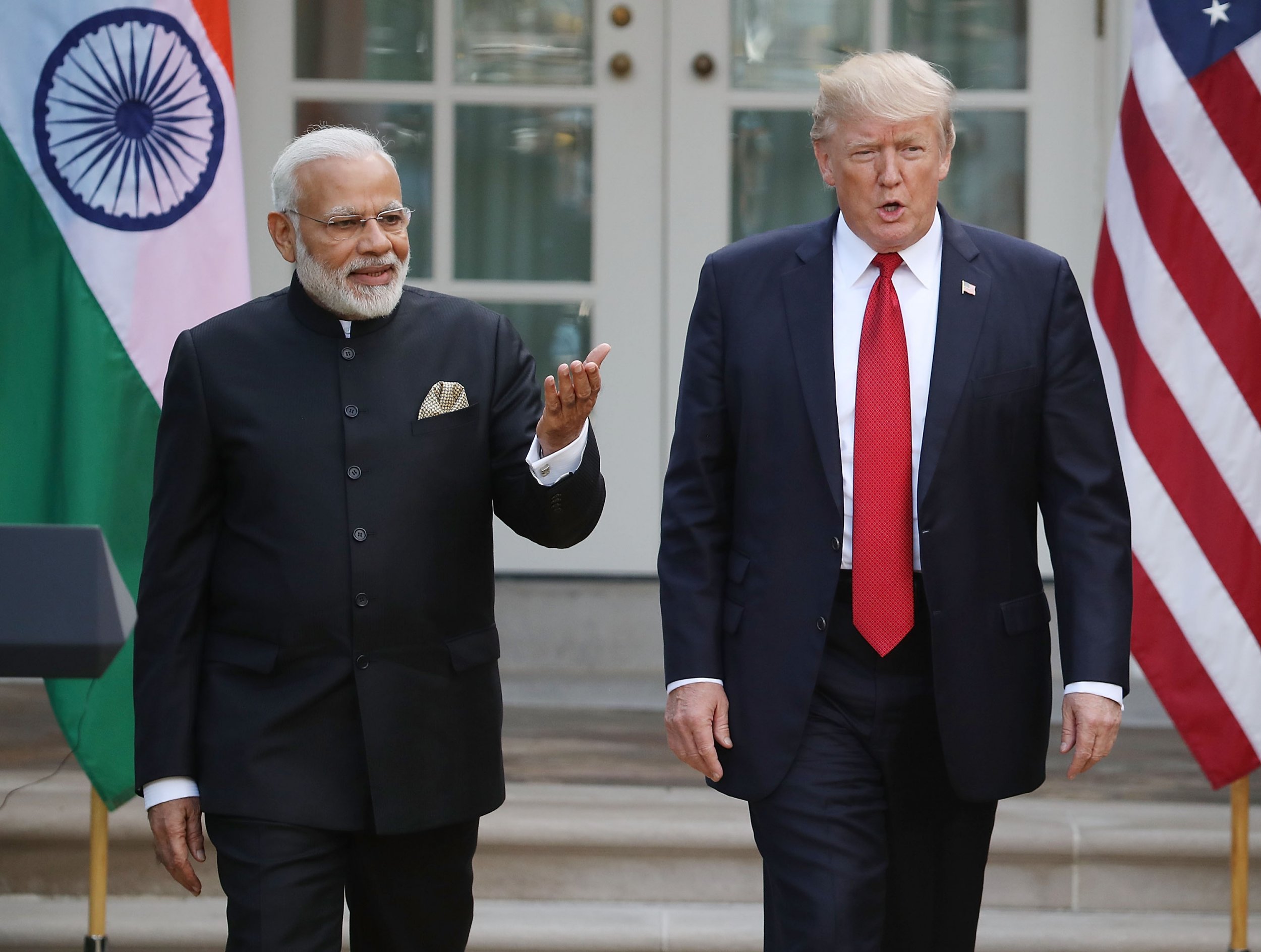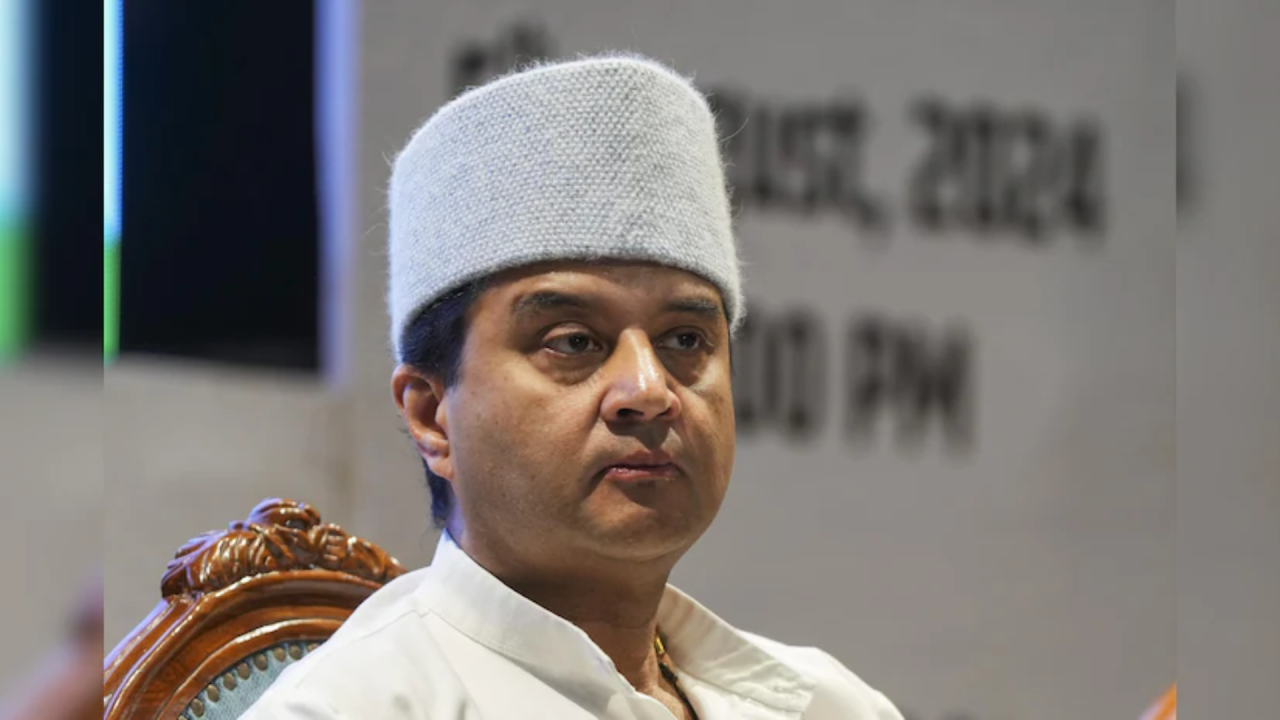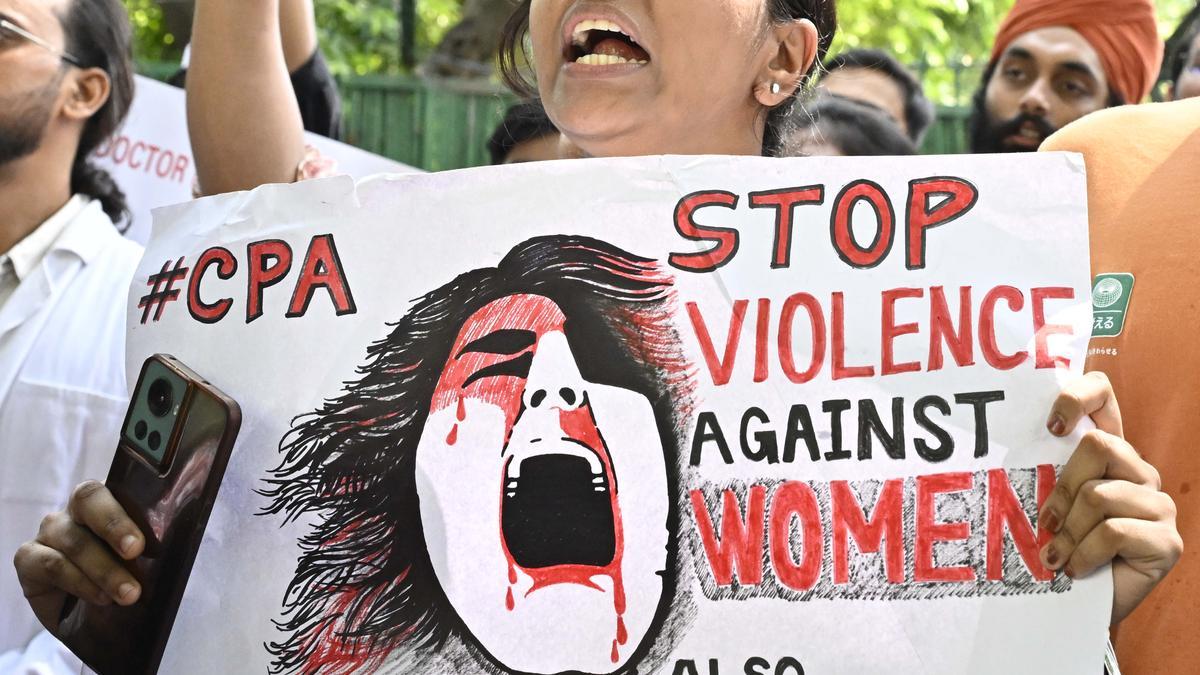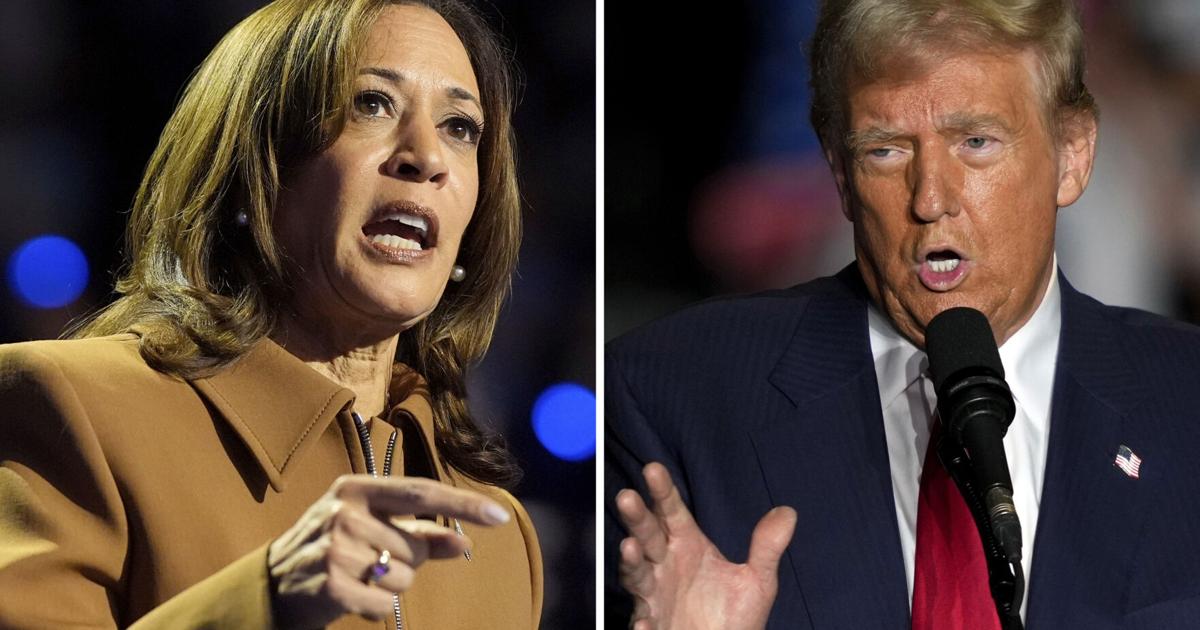Home / bhopal / Teachers Engage Communities to Boost School Enrollment in Madhya Pradesh
Teachers Engage Communities to Boost School Enrollment in Madhya Pradesh
By: My India Times
2 minutes read 69Updated At: 2025-03-28

In Madhya Pradesh, where schools are facing some tough challenges, teachers are getting creative to get more kids enrolled and keep them in school. They’re reaching out to local communities, especially by visiting weekly haat-bazaars and even dropping by the homes of kids who have dropped out, all in an effort to bring them back into the education fold.
Declining Enrollment and Infrastructure Issues
Despite an 80% increase in the education budget over seven years—from ₹16,226.08 crore in 2016–17 to ₹29,468.03 crore in 2023–24—many government schools in Madhya Pradesh continue to face significant challenges. Reports indicate that over 13,000 schools operate with just a single teacher, and more than 3,500 schools lack separate toilets for girls. Additionally, issues like non-functional washrooms, inadequate handwashing facilities, and lack of drinking water persist, contributing to a decline in student enrollment. Between 2016 and 2024, over 1.2 million students left government schools in the state.
Teachers at Weekly Haats
To combat these issues, teachers have initiated outreach programs targeting parents and guardians in rural and semi-urban areas. By visiting weekly haat-bazaars—central hubs of community activity—they engage directly with families to discuss the importance of education and inform them about available school facilities. This approach leverages the communal nature of haats to foster dialogue and encourage parents to prioritize their children's schooling.
Empowering Nomadic Tribe Children in Uttar Pradesh
Similar community engagement strategies have proven successful in other regions. In Uttar Pradesh, primary school teacher Sita Trivedi personally visited the homes of children from the marginalized Kalabaj nomadic tribe, persuading parents to enroll their children in school. Thanks to her hard work, 40 kids who used to beg or perform acrobatics just to get by are now in school. Trivedi didn’t stop there; she also tackled discrimination in the school and stepped up to make sure the kids had the clothes and books they needed.
Collaborative Efforts: Government and NGOs
Addressing educational challenges requires collaboration between government bodies and non-governmental organizations (NGOs). The Eklavya Foundation, for instance, has established community-based learning centers in several districts of Madhya Pradesh. These centers offer academic support to government school students and encourage community involvement in education management. Additionally, Eklavya has contributed to curriculum development and teacher education at the national level.
Beyond Traditional Boundaries
Teachers in Madhya Pradesh are extending their roles beyond traditional classroom settings. By actively participating in community events and addressing local educational barriers, they serve as catalysts for change. Their efforts include identifying out-of-school children, understanding the reasons behind dropouts, and collaborating with parents to find solutions.
Challenges in Teacher Availability
Despite these proactive measures, the shortage of teachers remains a significant hurdle. Approximately 13.49% of elementary schools in Madhya Pradesh are staffed by a single teacher, a figure notably higher than the national average of 8.32%. This shortage not only overburdens educators but also impacts the quality of education and student retention rates.
....In Madhya Pradesh, where schools are facing some tough challenges, teachers are getting creative to get more kids enrolled and keep them in school. They’re reaching out to local communities, especially by visiting weekly haat-bazaars and even dropping by the homes of kids who have dropped out, all in an effort to bring them back into the education fold.
Declining Enrollment and Infrastructure Issues
Despite an 80% increase in the education budget over seven years—from ₹16,226.08 crore in 2016–17 to ₹29,468.03 crore in 2023–24—many government schools in Madhya Pradesh continue to face significant challenges. Reports indicate that over 13,000 schools operate with just a single teacher, and more than 3,500 schools lack separate toilets for girls. Additionally, issues like non-functional washrooms, inadequate handwashing facilities, and lack of drinking water persist, contributing to a decline in student enrollment. Between 2016 and 2024, over 1.2 million students left government schools in the state.
Teachers at Weekly Haats
To combat these issues, teachers have initiated outreach programs targeting parents and guardians in rural and semi-urban areas. By visiting weekly haat-bazaars—central hubs of community activity—they engage directly with families to discuss the importance of education and inform them about available school facilities. This approach leverages the communal nature of haats to foster dialogue and encourage parents to prioritize their children's schooling.
Empowering Nomadic Tribe Children in Uttar Pradesh
Similar community engagement strategies have proven successful in other regions. In Uttar Pradesh, primary school teacher Sita Trivedi personally visited the homes of children from the marginalized Kalabaj nomadic tribe, persuading parents to enroll their children in school. Thanks to her hard work, 40 kids who used to beg or perform acrobatics just to get by are now in school. Trivedi didn’t stop there; she also tackled discrimination in the school and stepped up to make sure the kids had the clothes and books they needed.
Collaborative Efforts: Government and NGOs
Addressing educational challenges requires collaboration between government bodies and non-governmental organizations (NGOs). The Eklavya Foundation, for instance, has established community-based learning centers in several districts of Madhya Pradesh. These centers offer academic support to government school students and encourage community involvement in education management. Additionally, Eklavya has contributed to curriculum development and teacher education at the national level.
Beyond Traditional Boundaries
Teachers in Madhya Pradesh are extending their roles beyond traditional classroom settings. By actively participating in community events and addressing local educational barriers, they serve as catalysts for change. Their efforts include identifying out-of-school children, understanding the reasons behind dropouts, and collaborating with parents to find solutions.
Challenges in Teacher Availability
Despite these proactive measures, the shortage of teachers remains a significant hurdle. Approximately 13.49% of elementary schools in Madhya Pradesh are staffed by a single teacher, a figure notably higher than the national average of 8.32%. This shortage not only overburdens educators but also impacts the quality of education and student retention rates.
By: My India Times
Updated At: 2025-03-28
Tags: bhopal News | My India Times News | Trending News | Travel News
Join our WhatsApp Channel




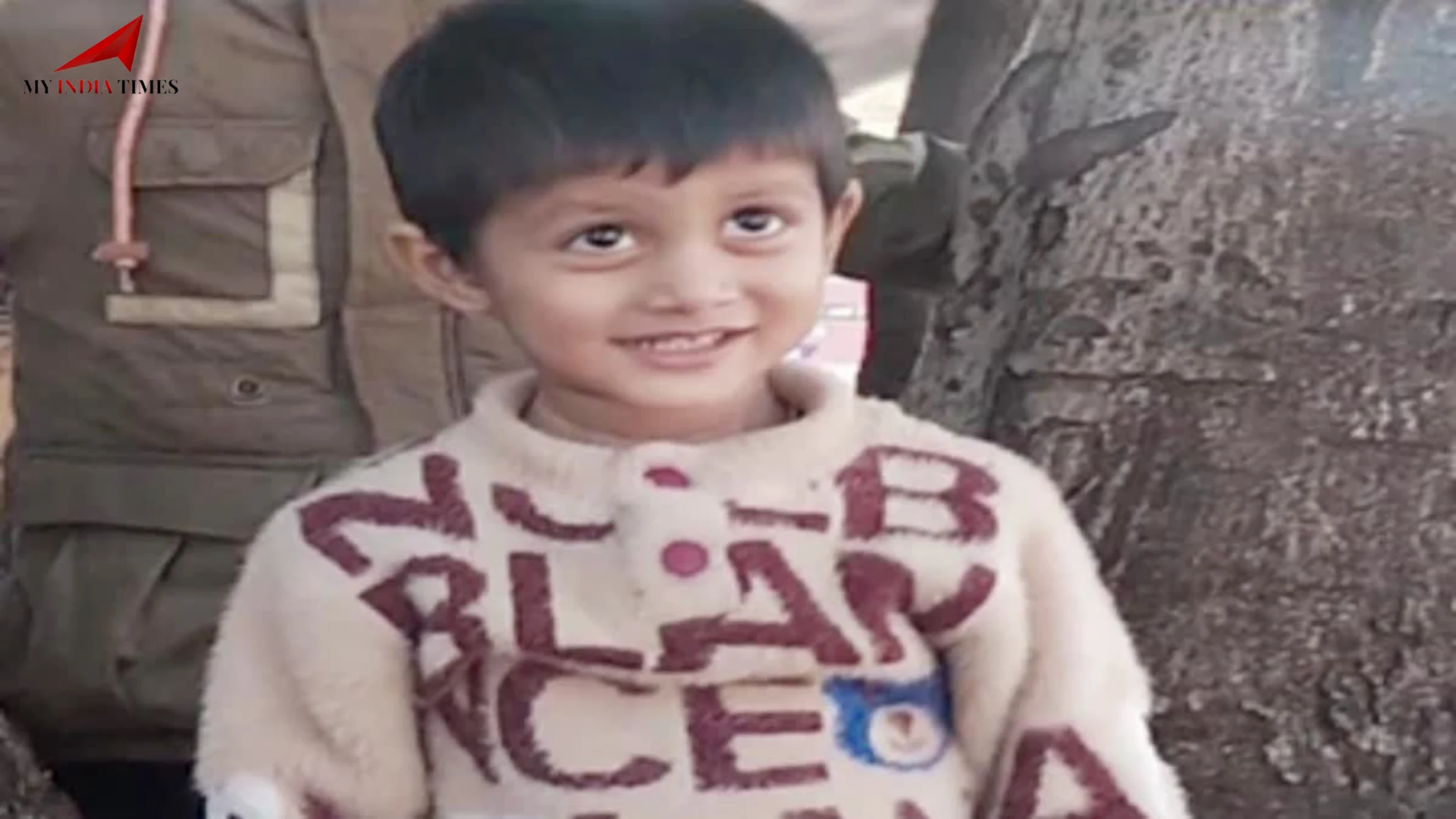
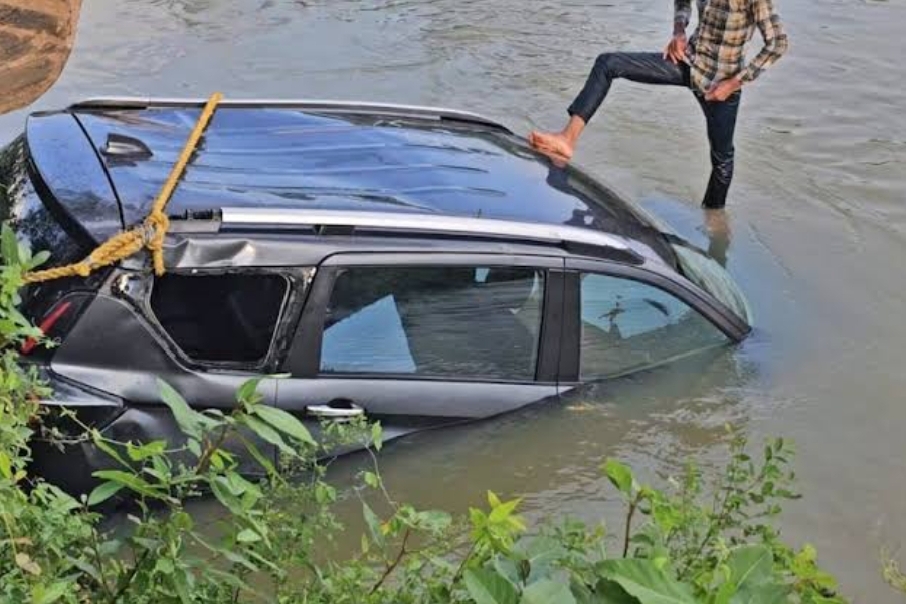
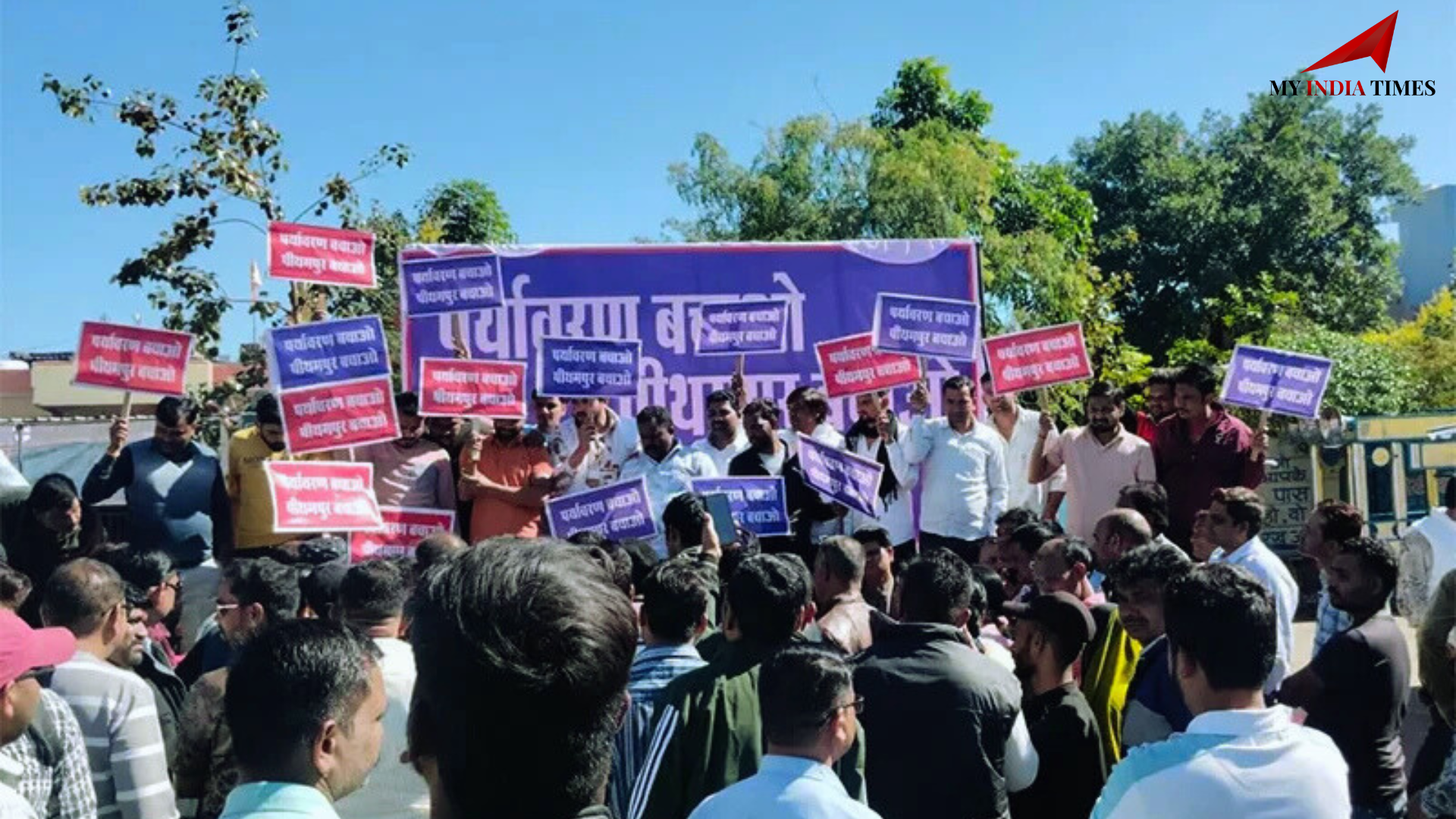

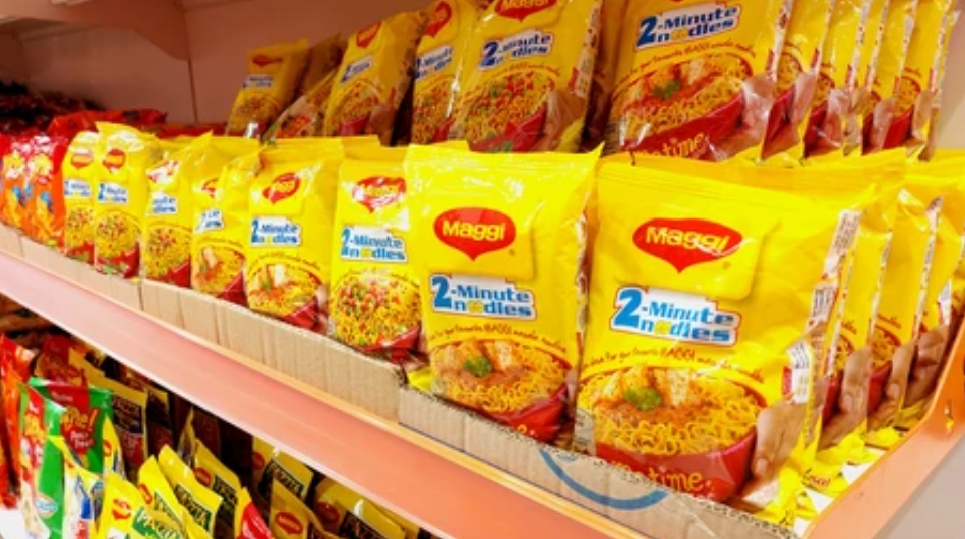

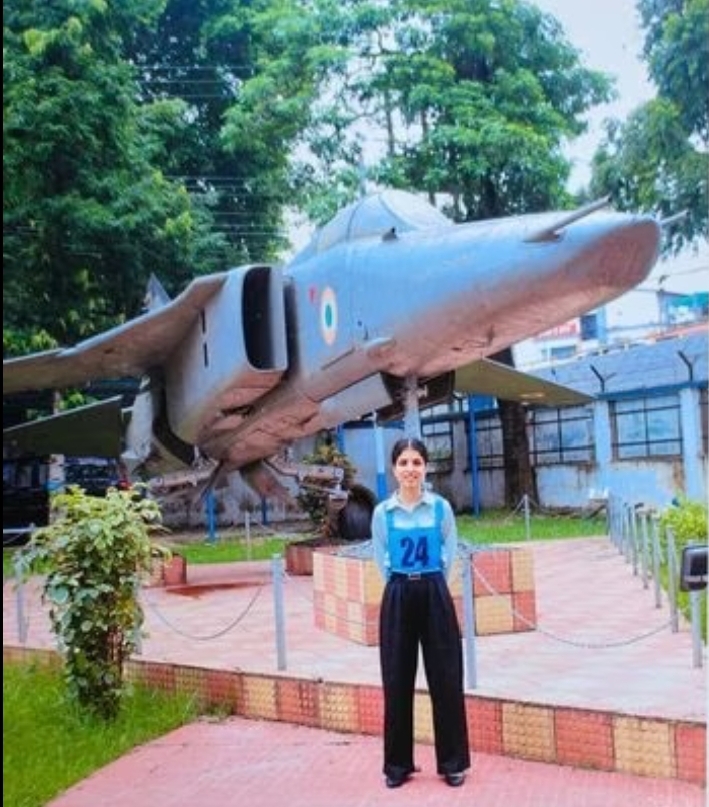
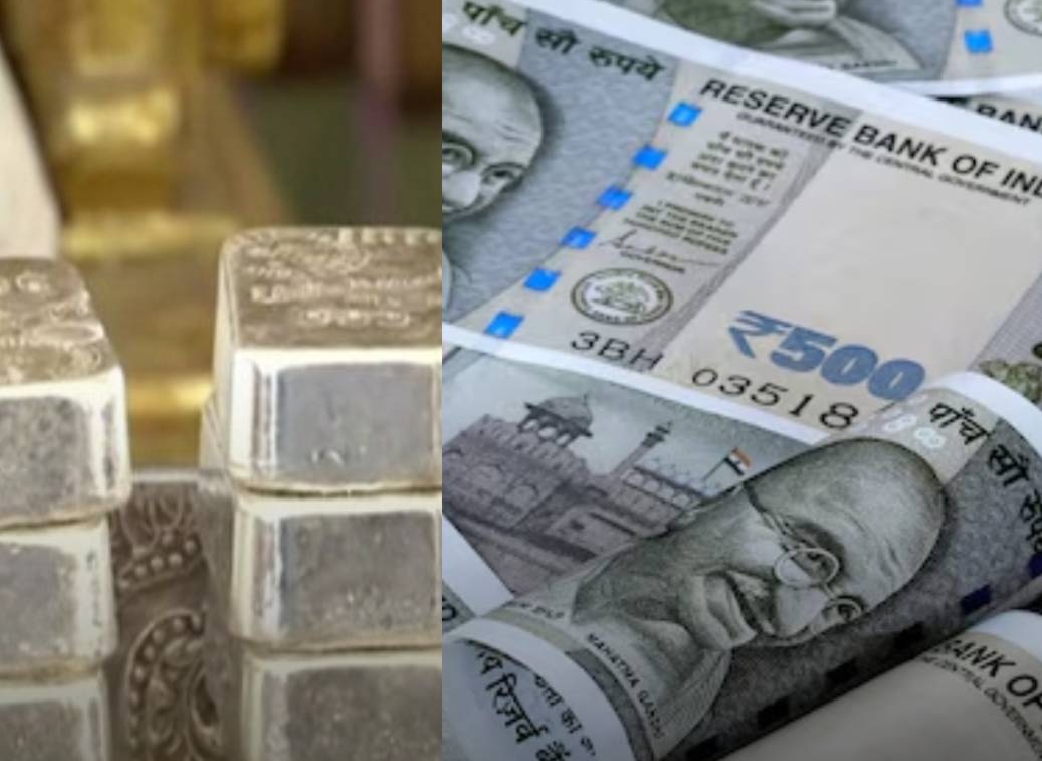
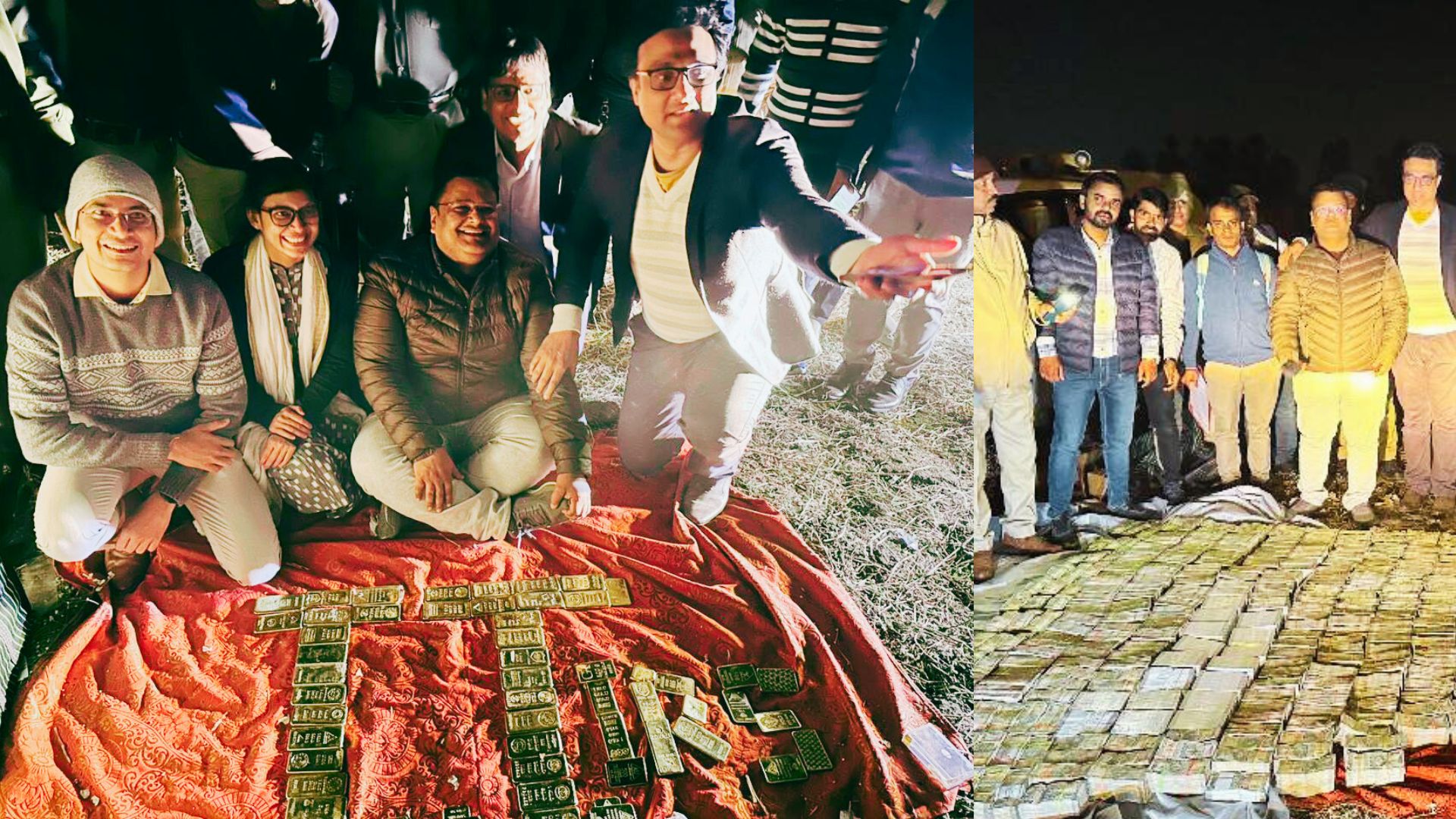
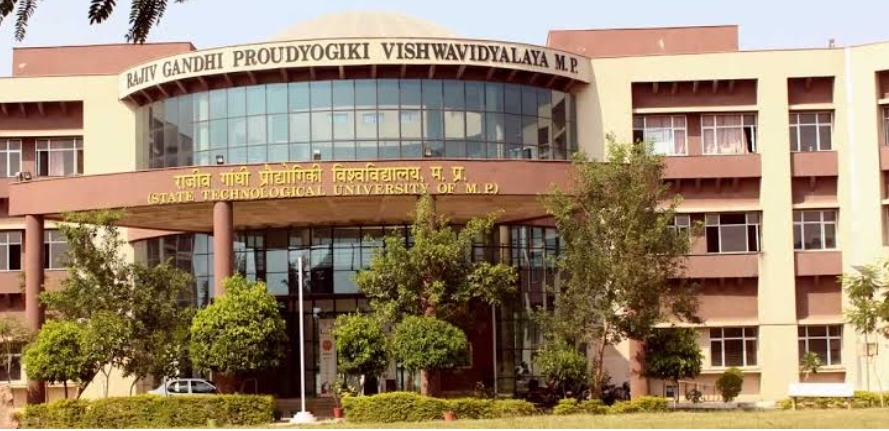
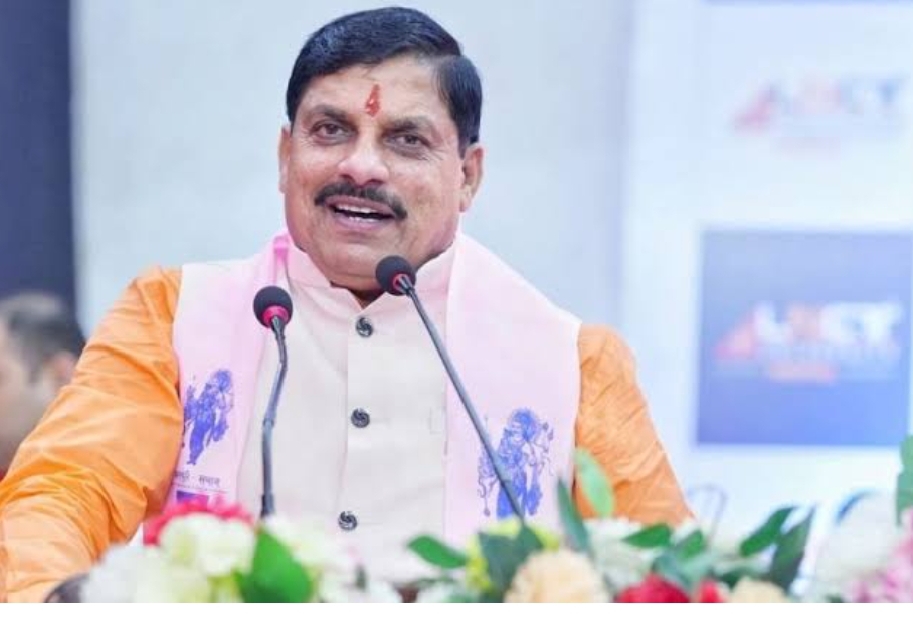
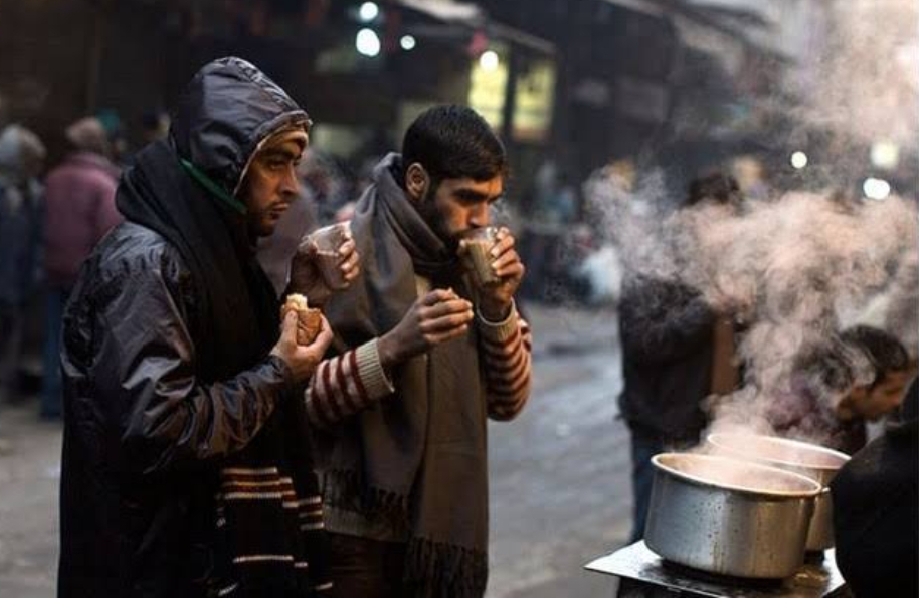

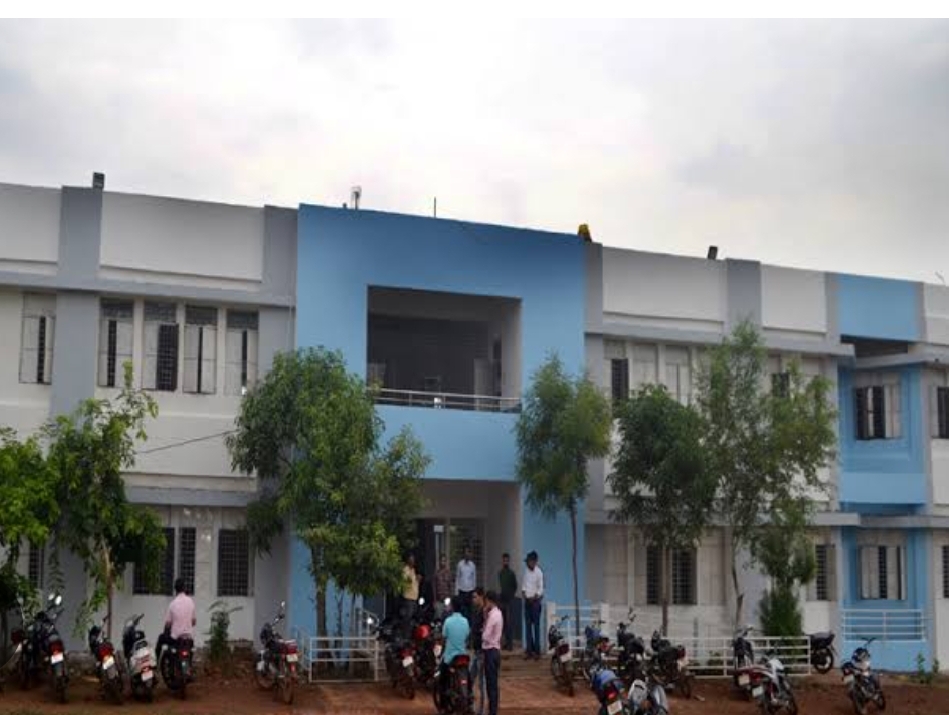

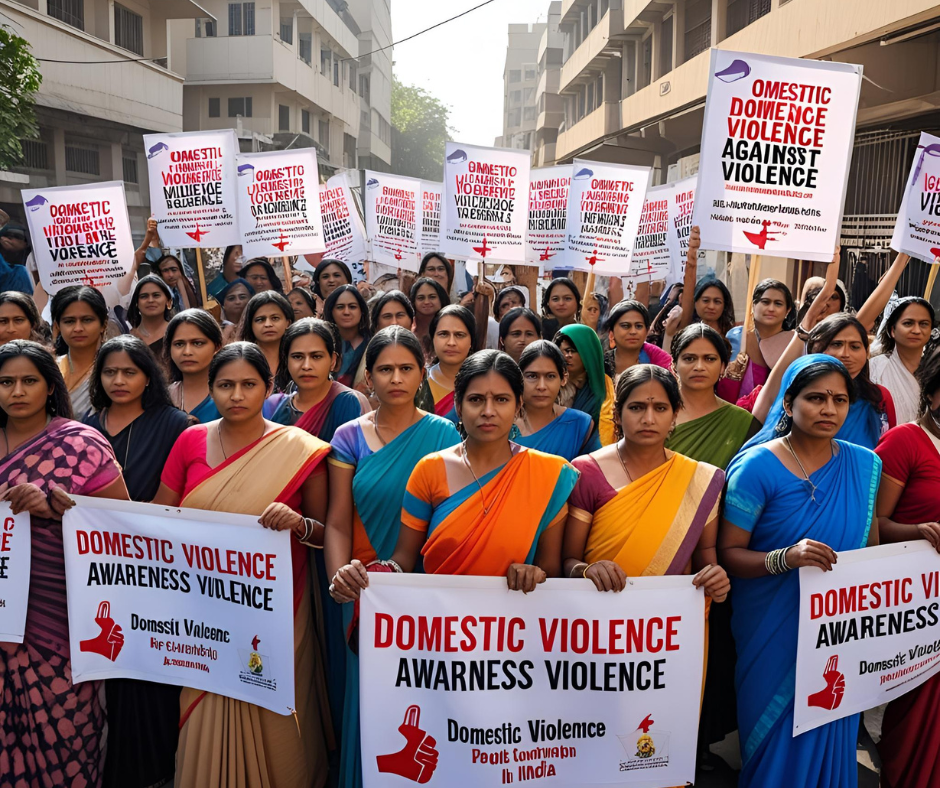

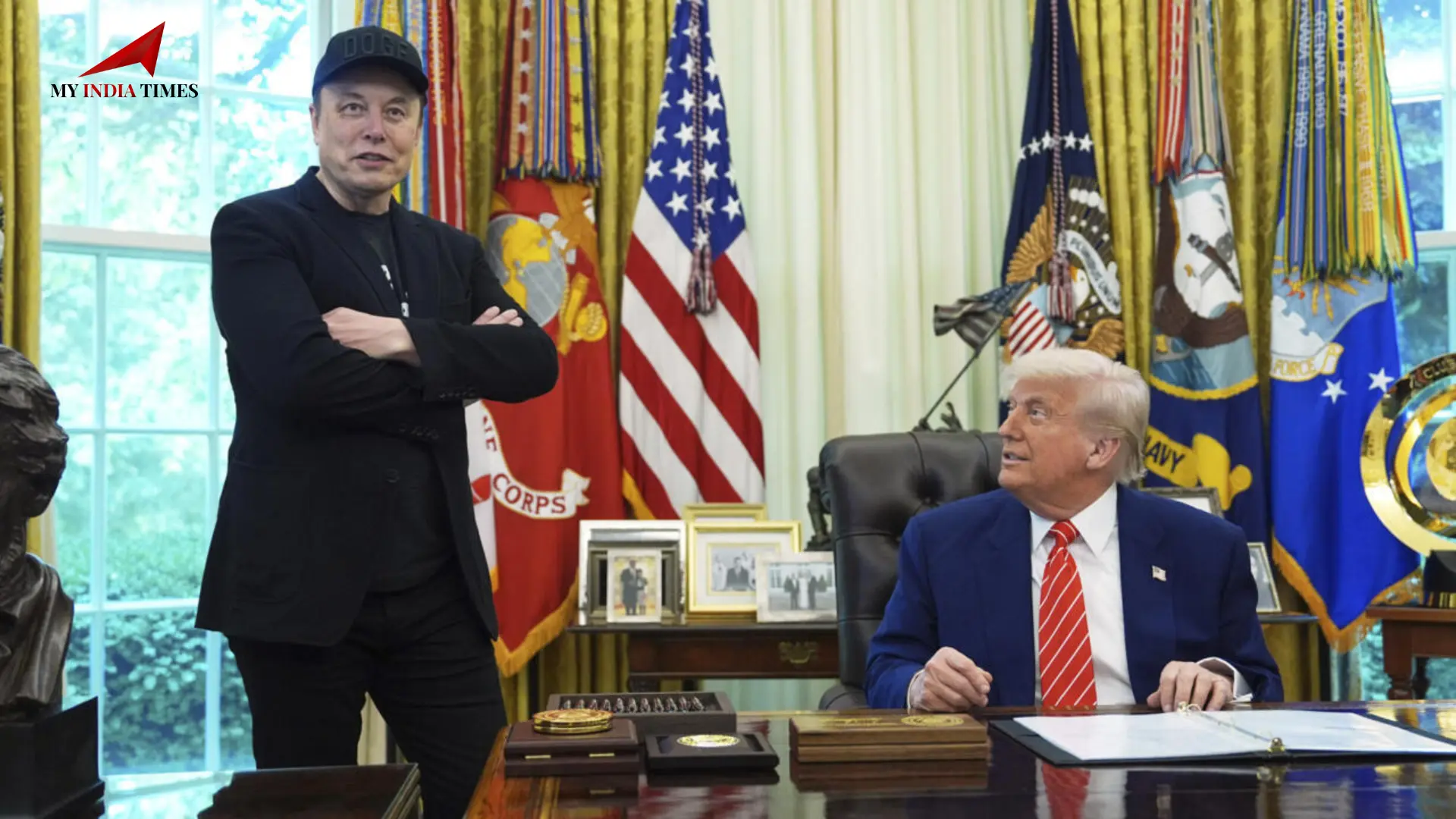



















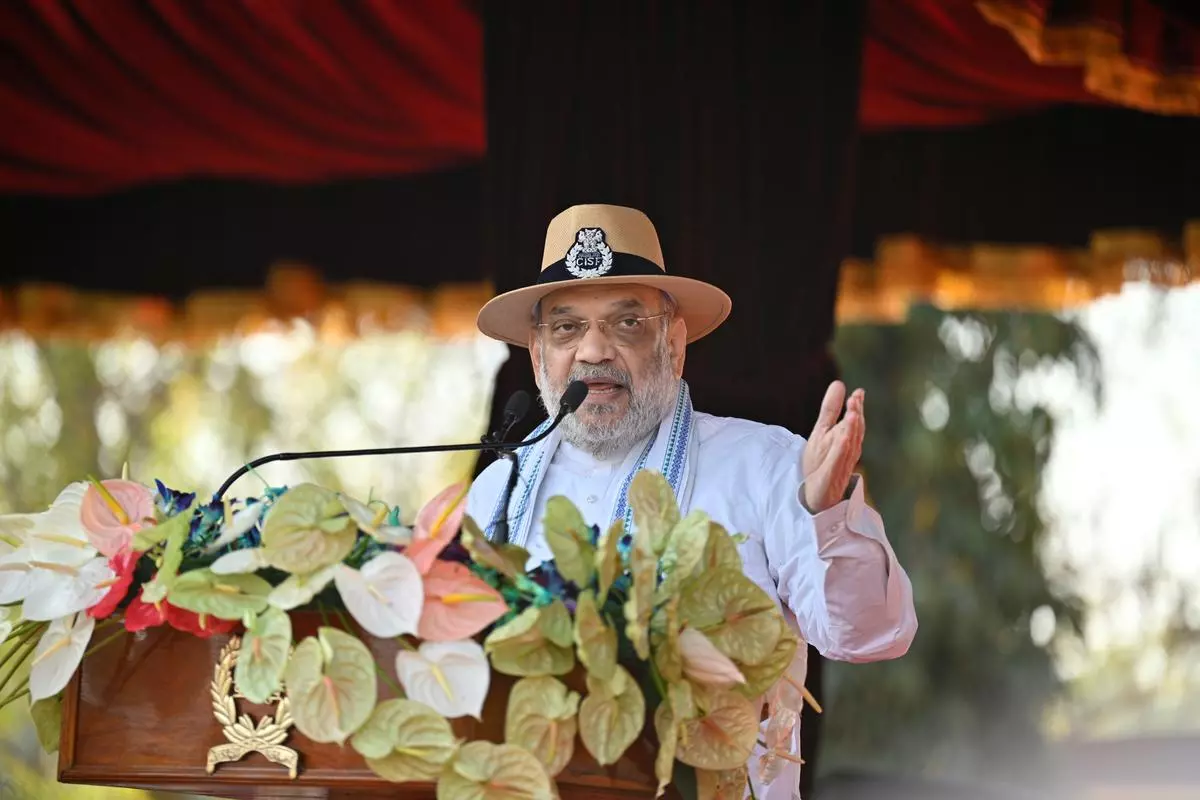

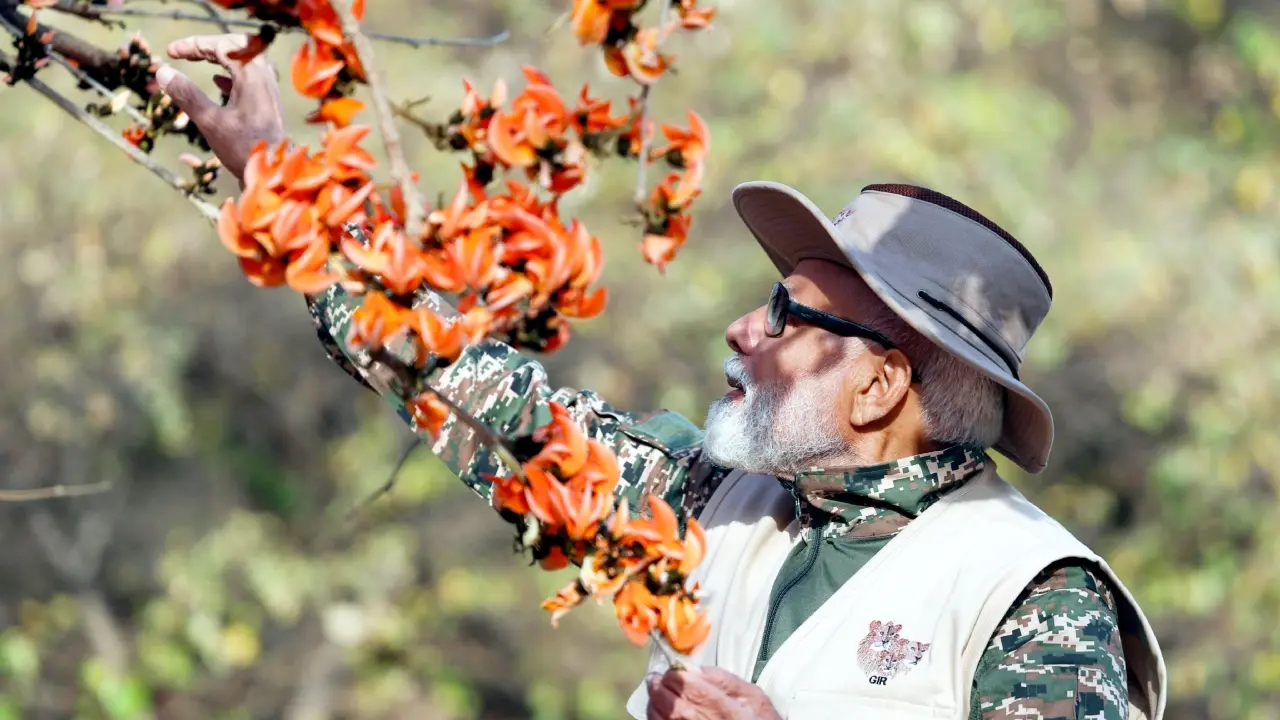

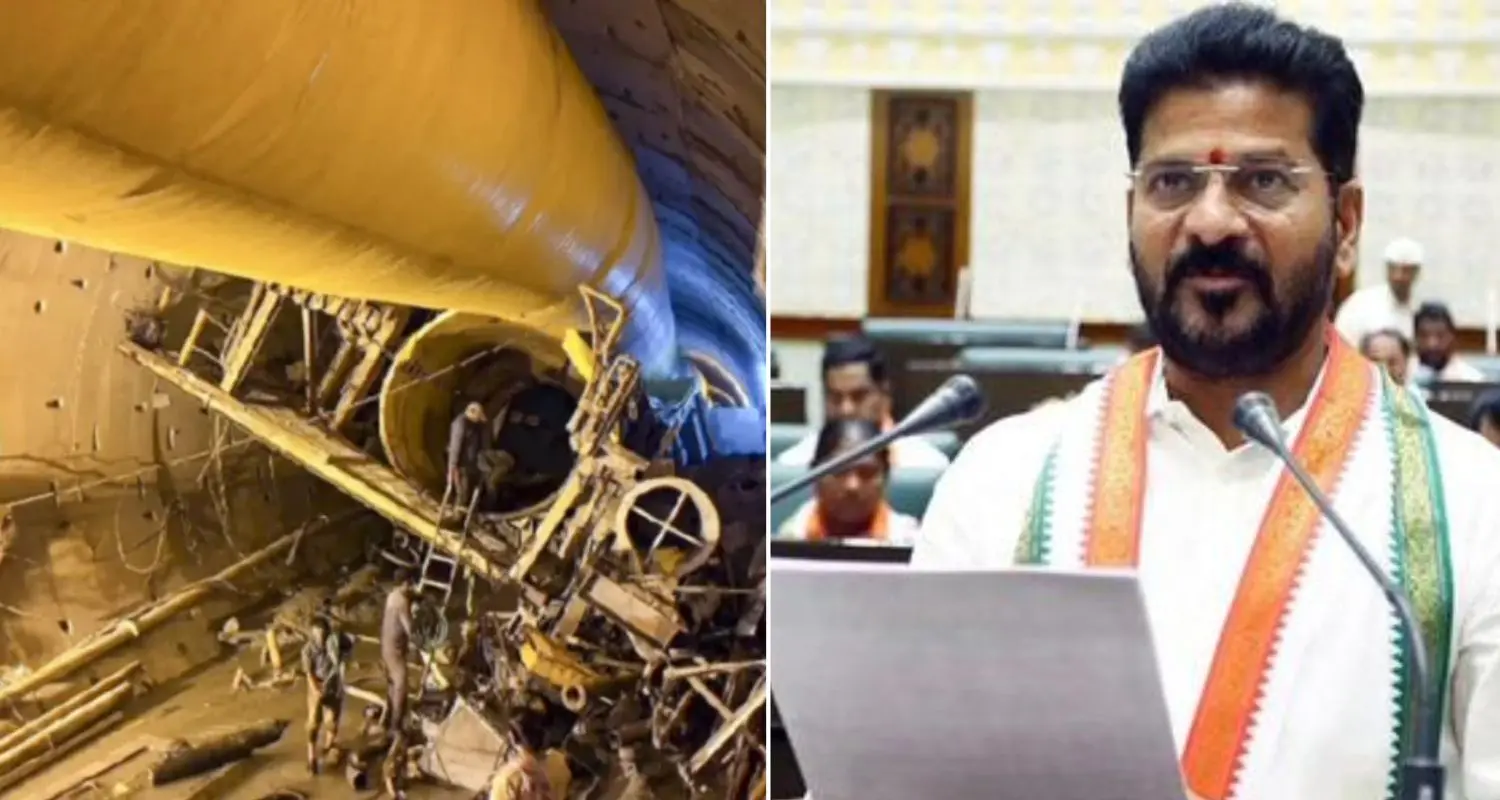

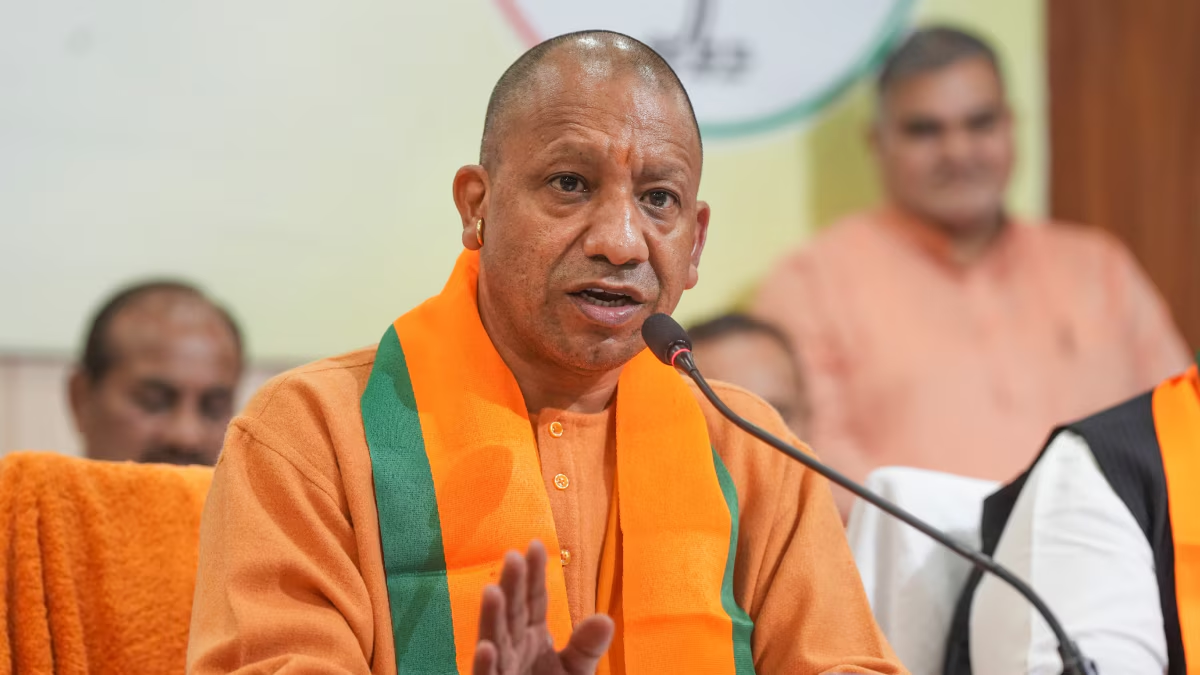
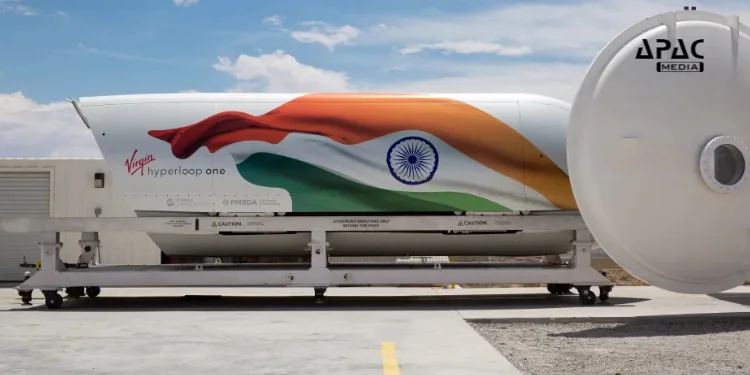

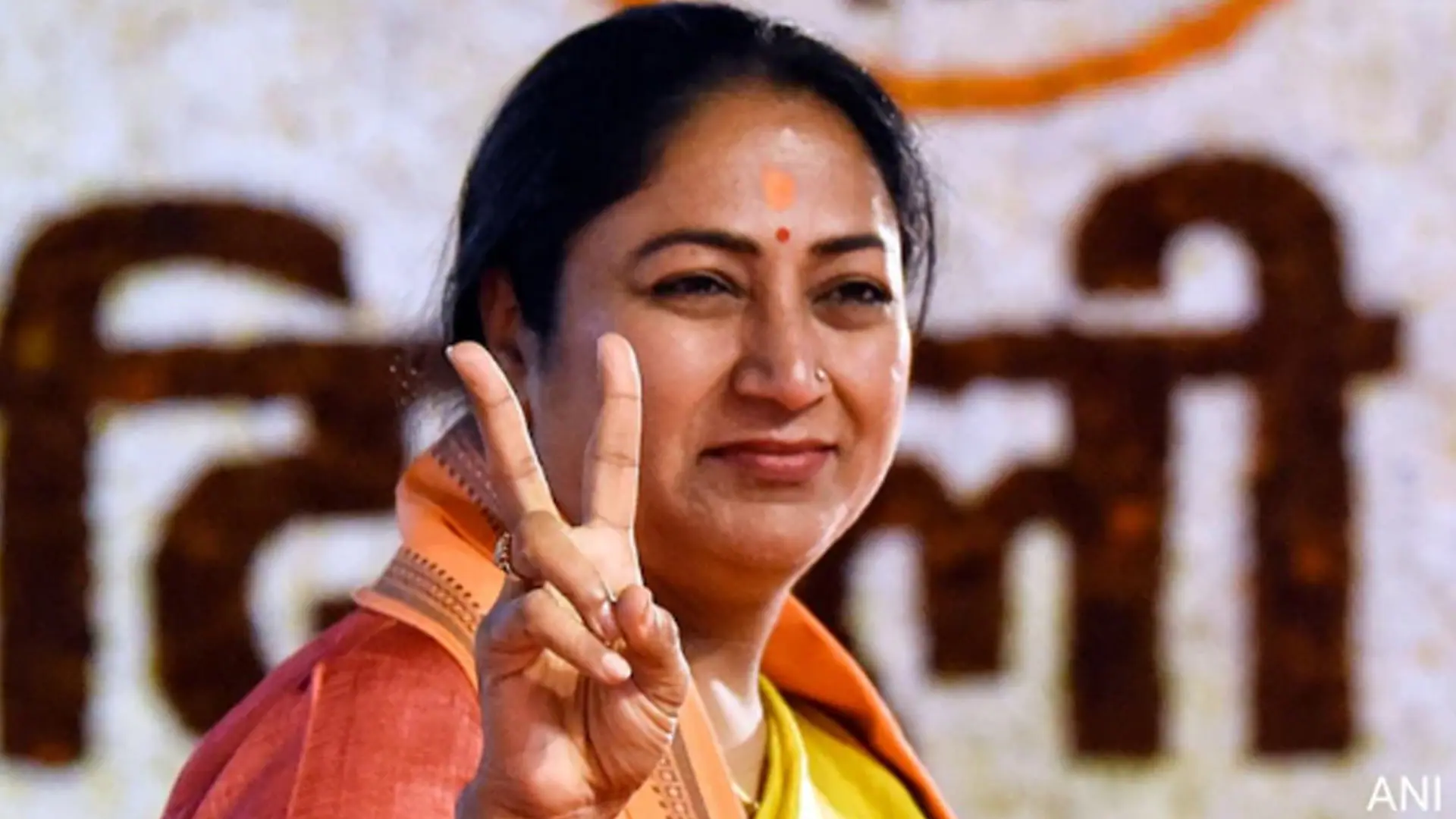

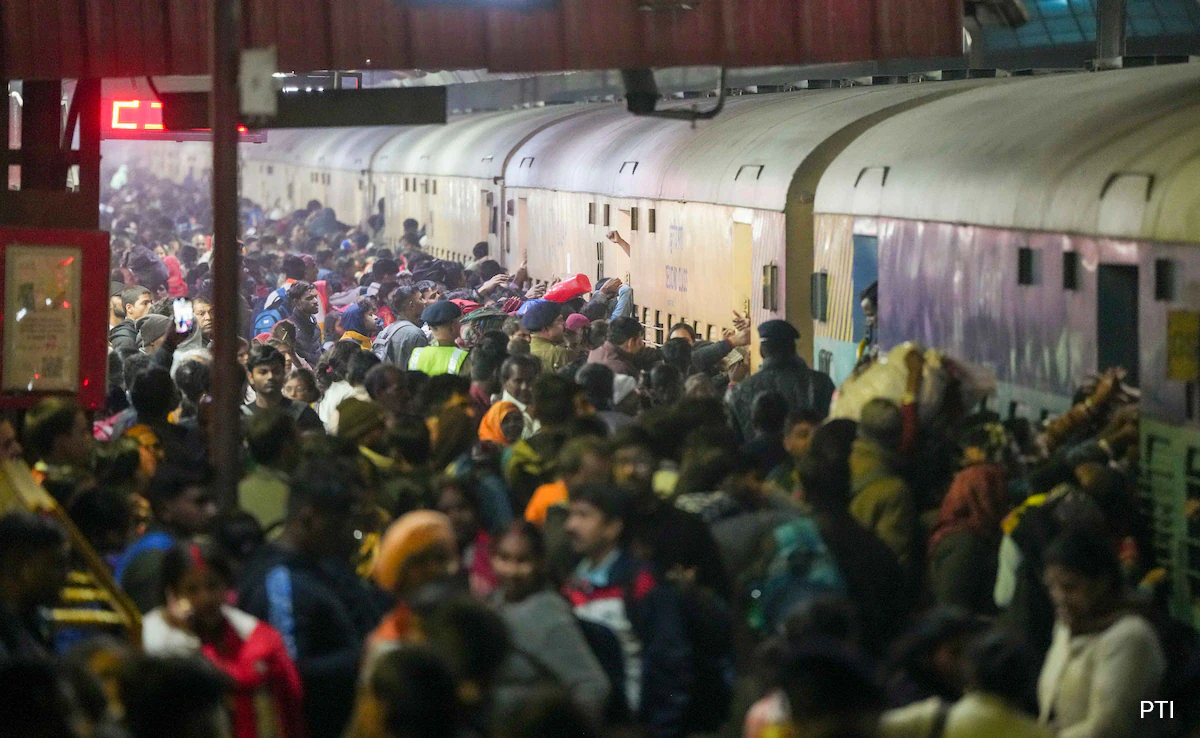
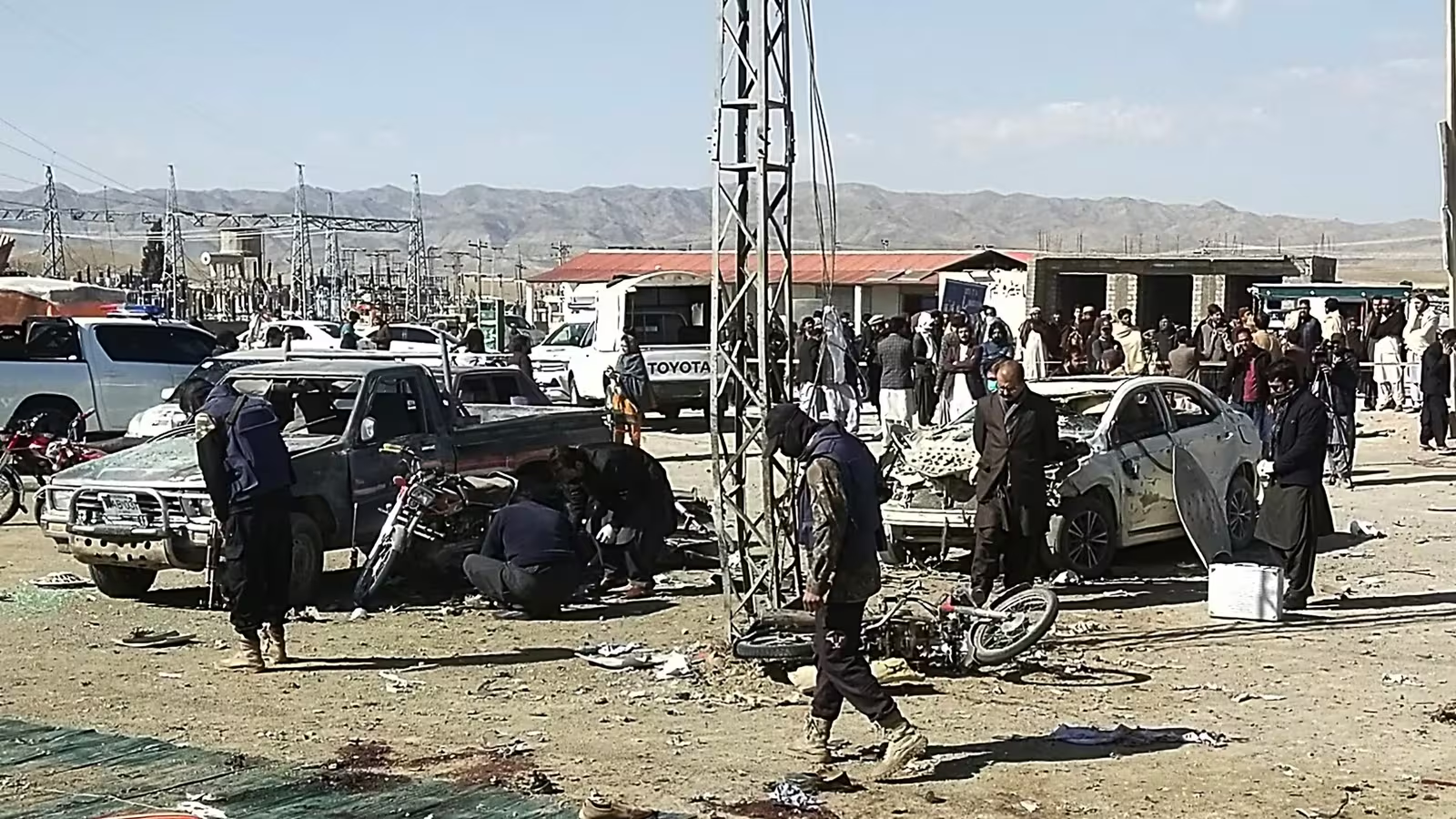
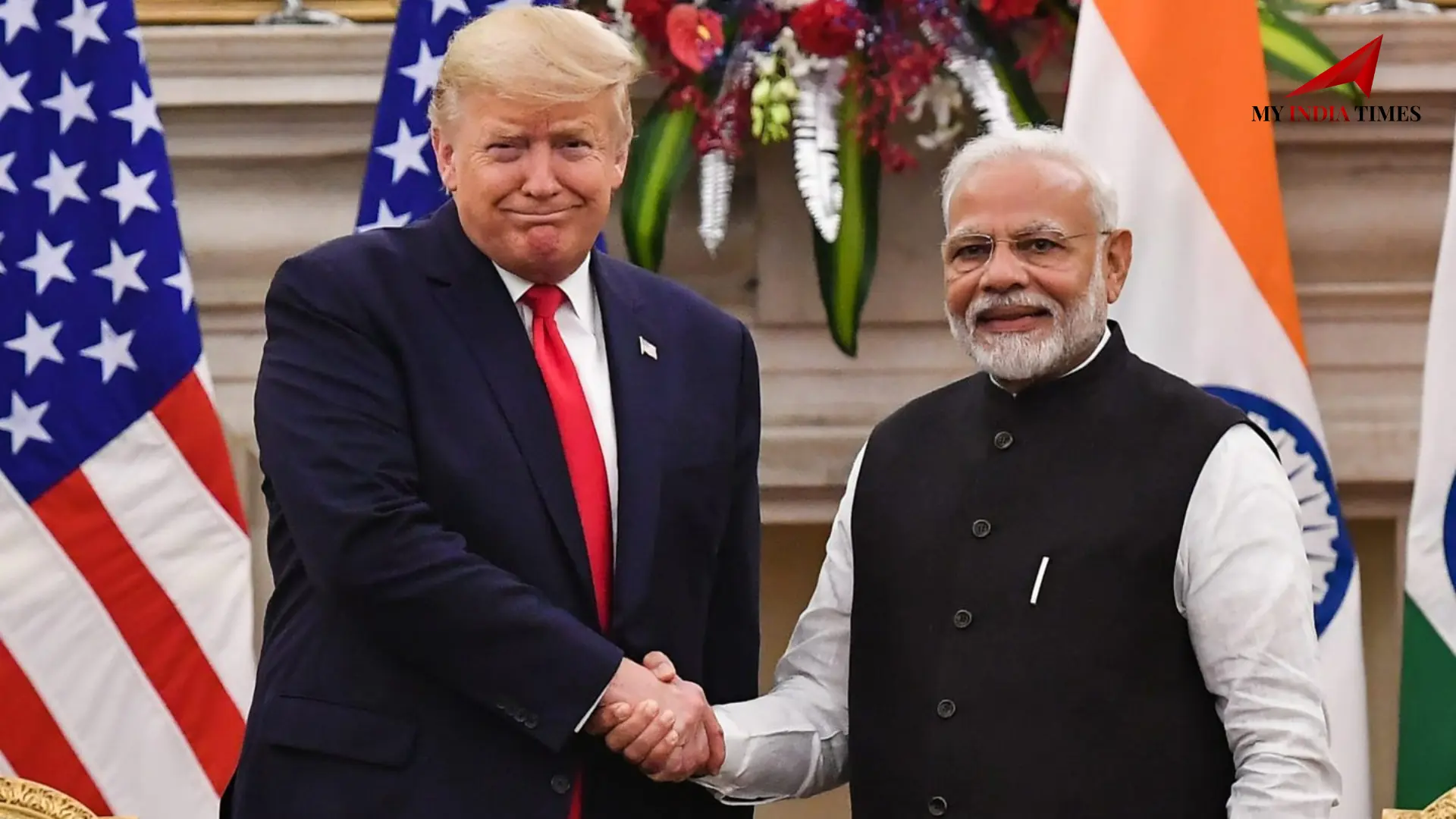

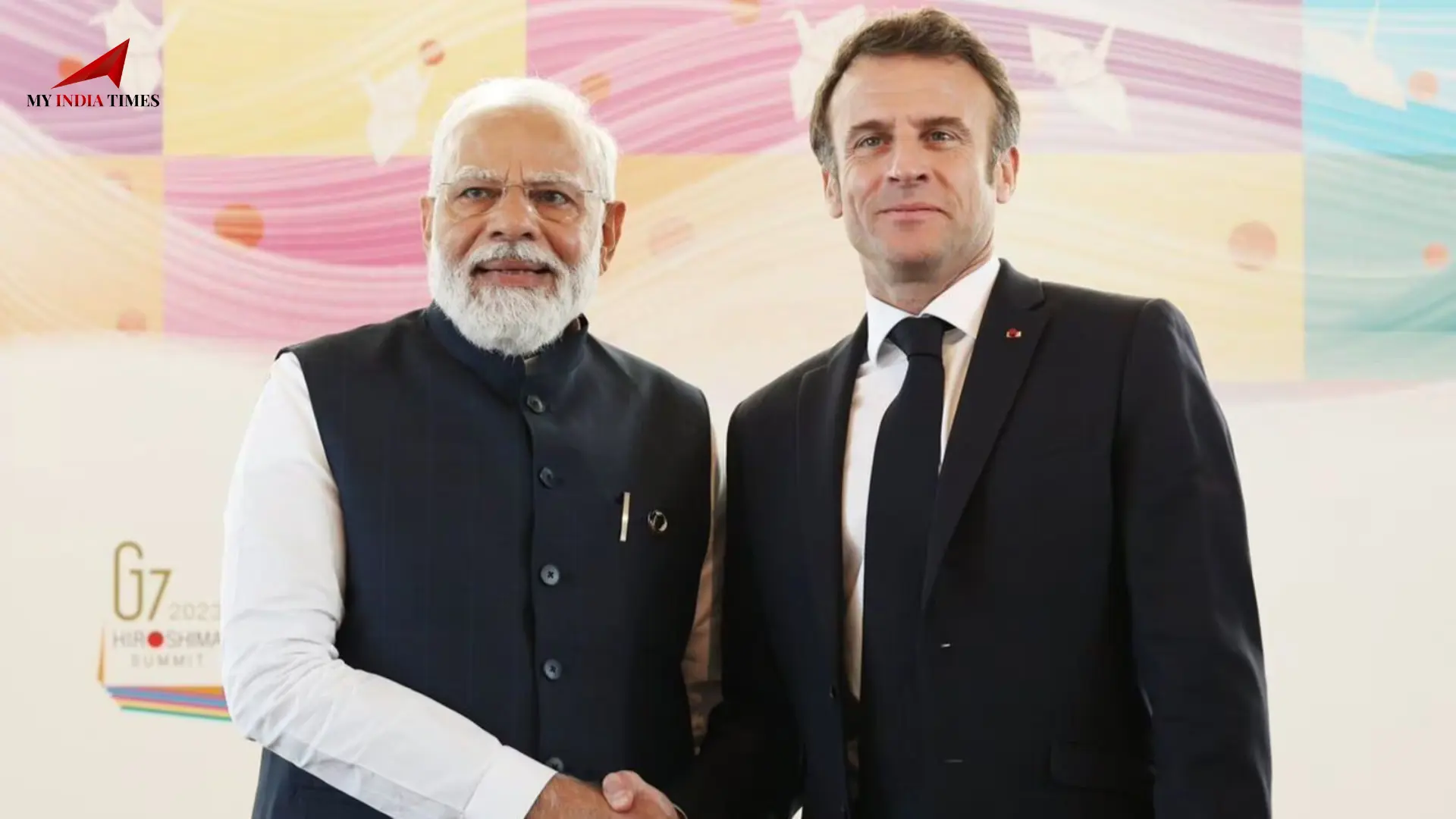
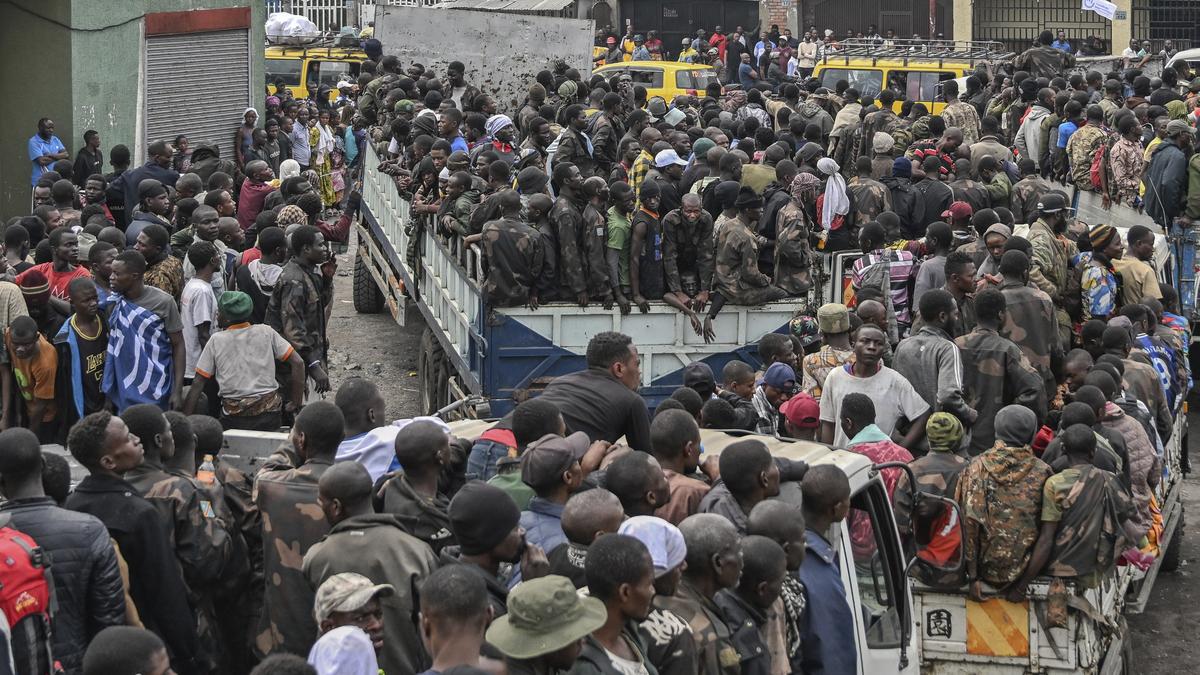
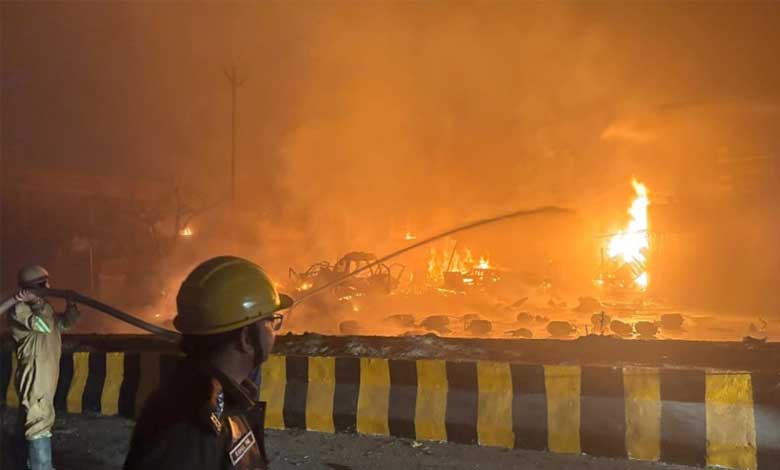




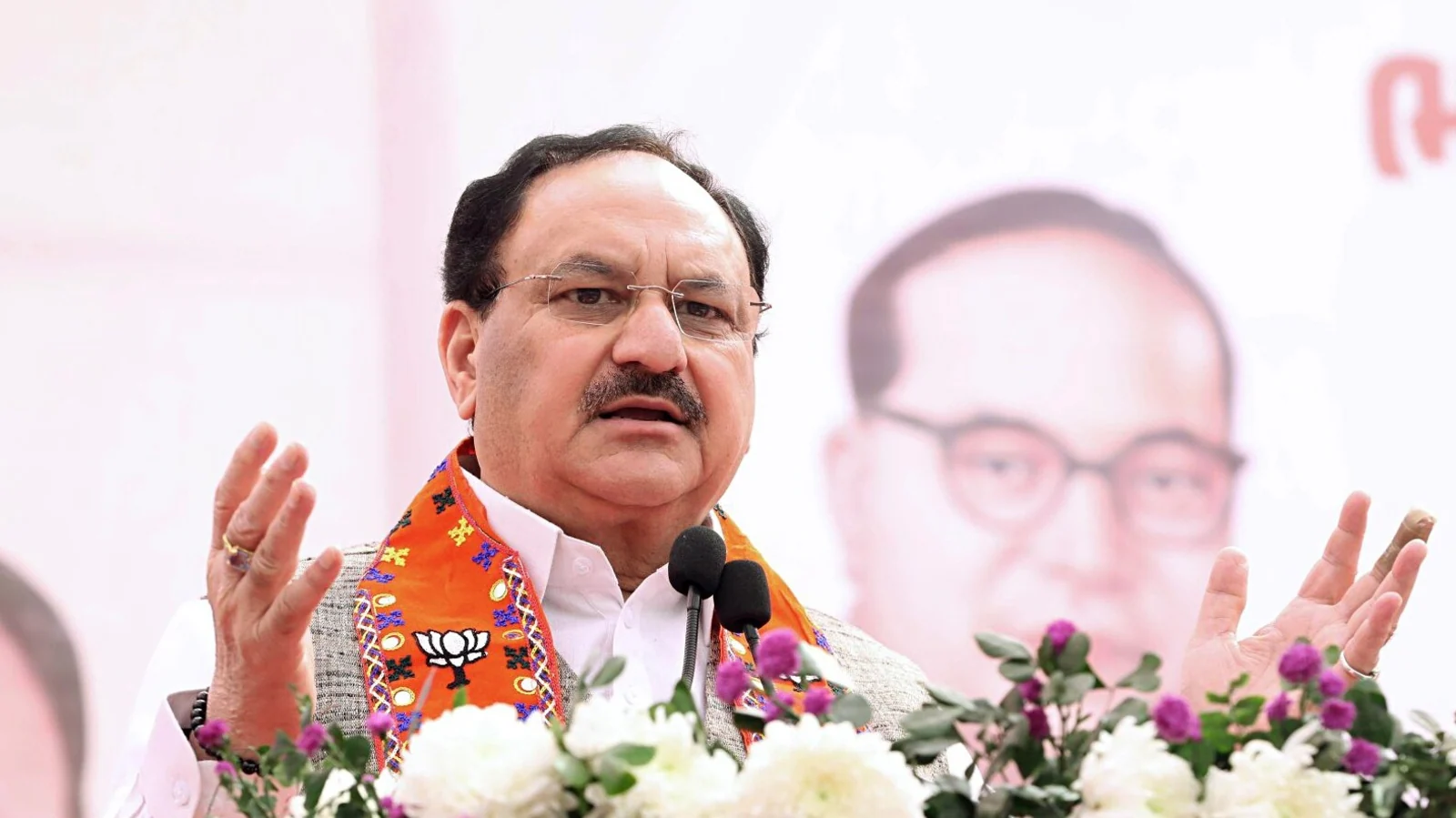
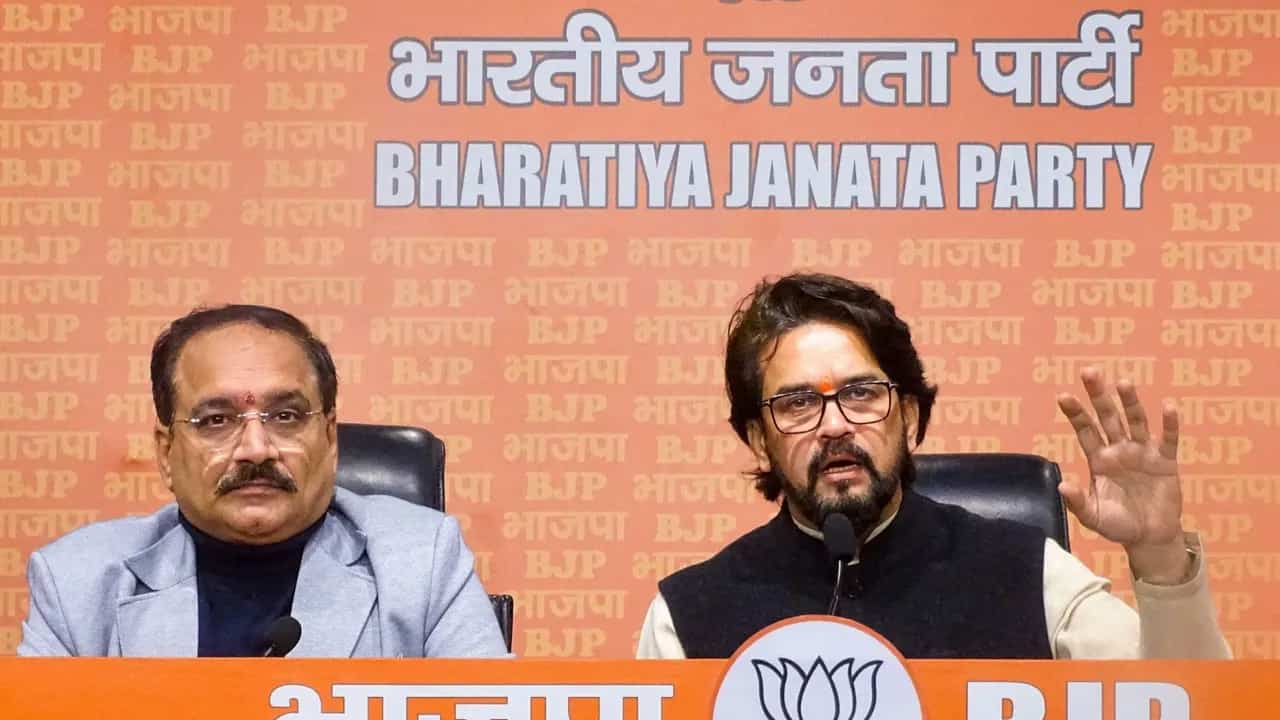


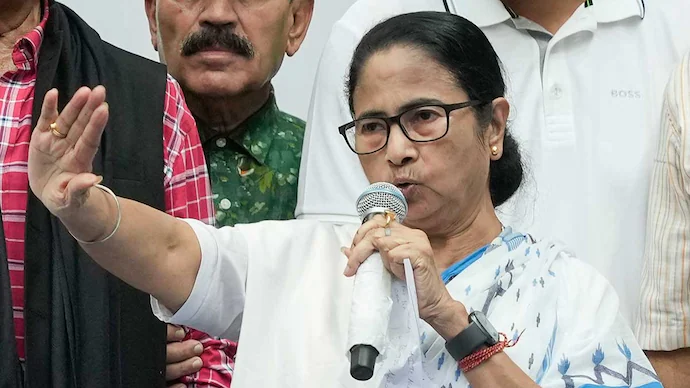



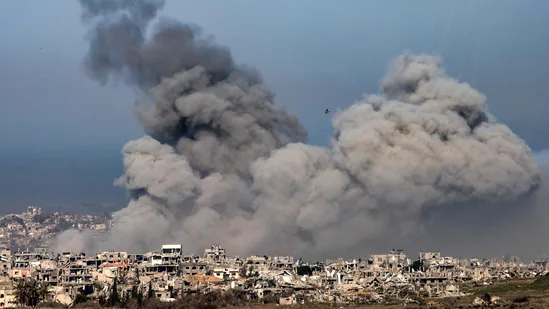
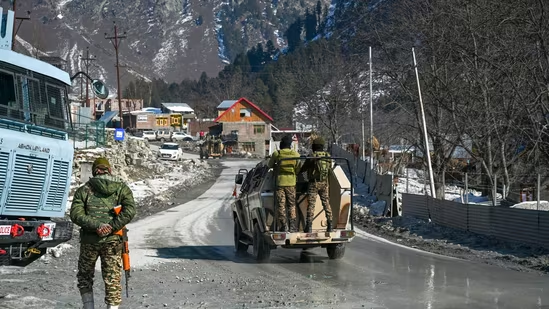
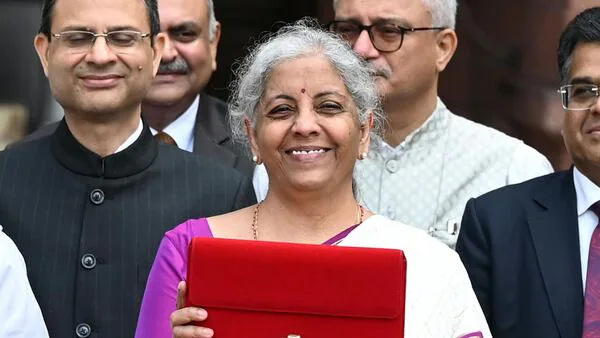
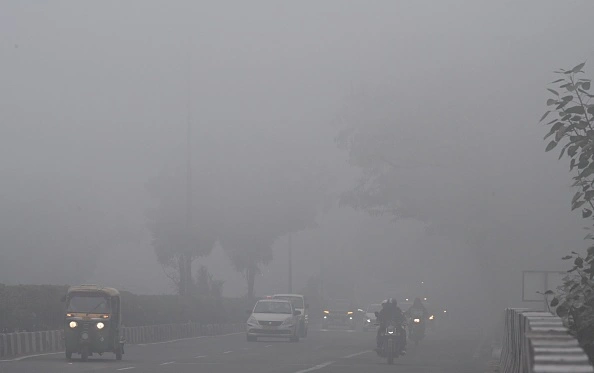
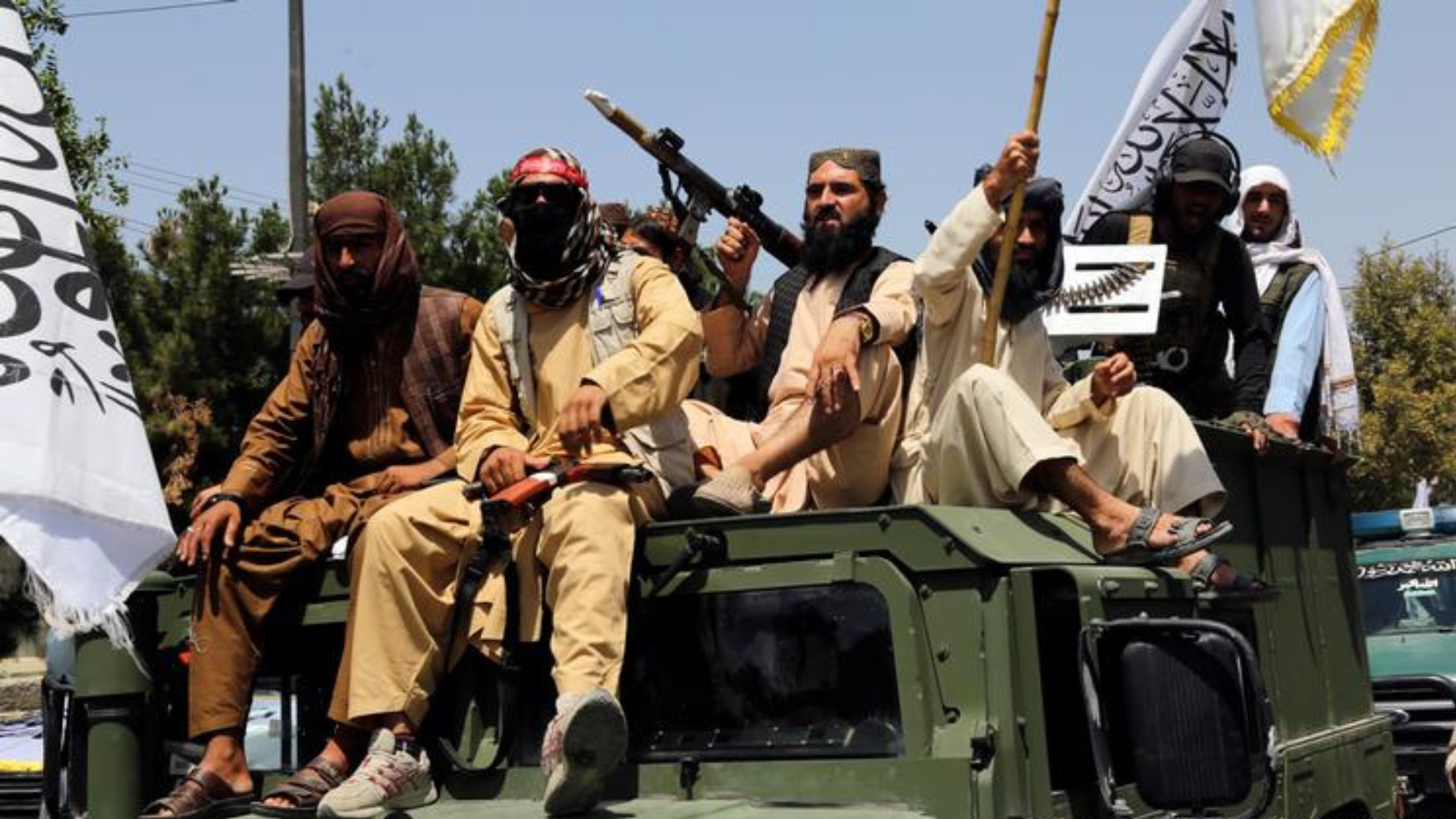
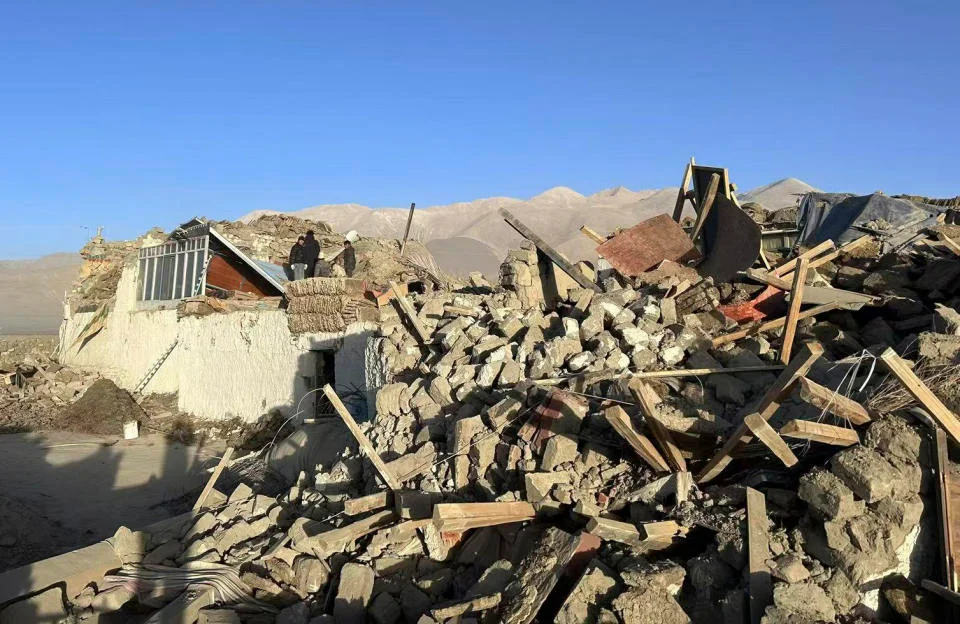






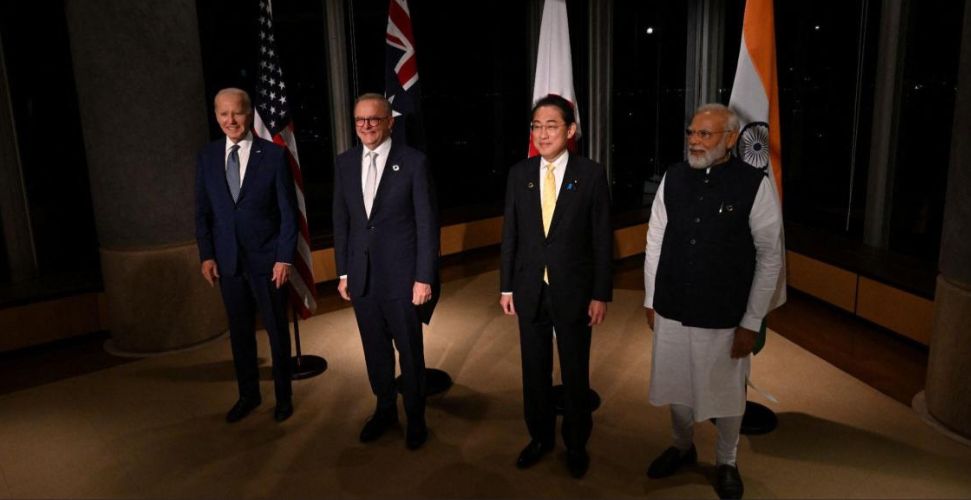
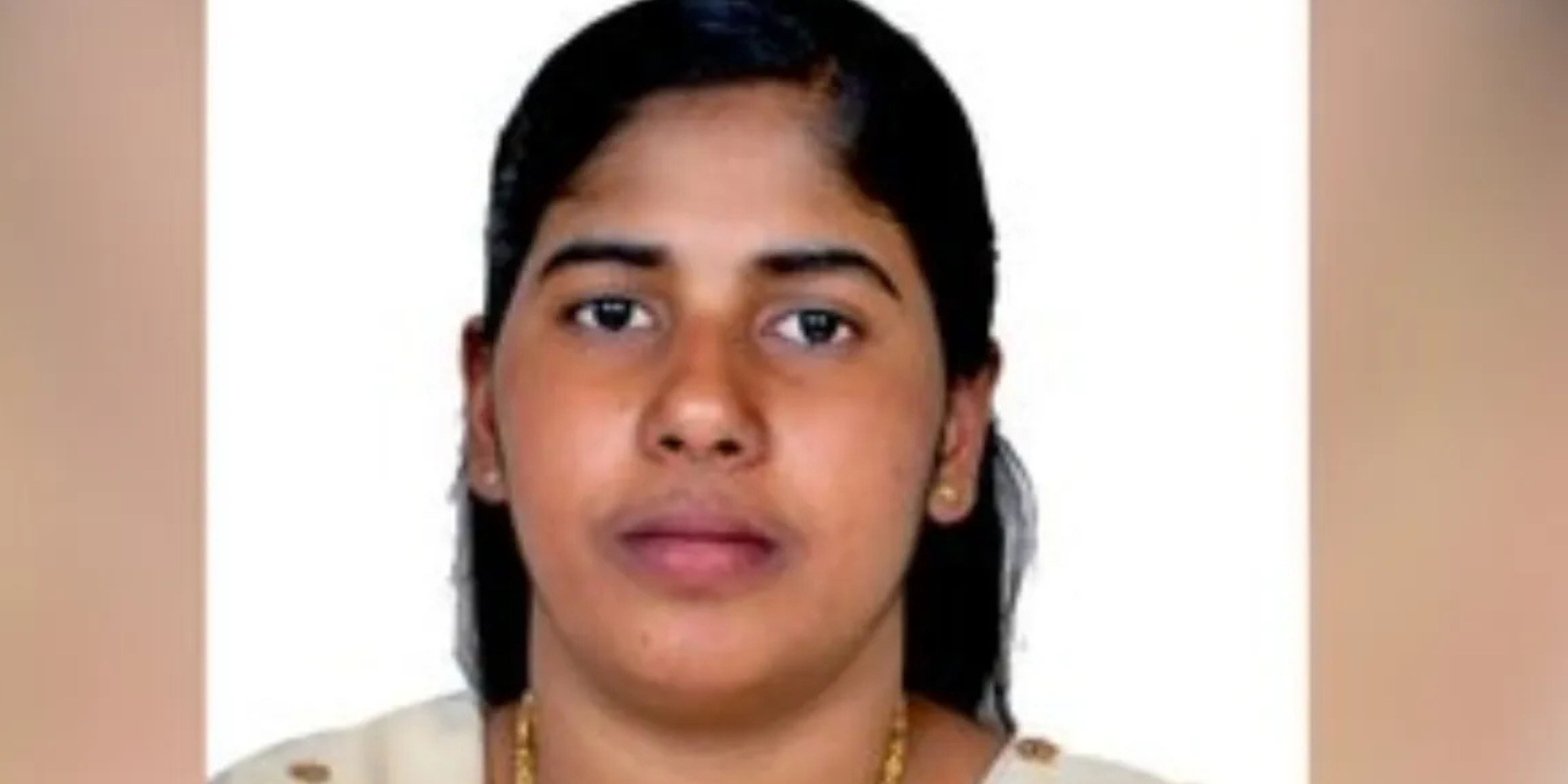

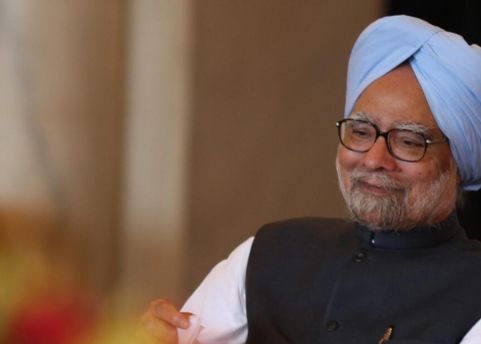

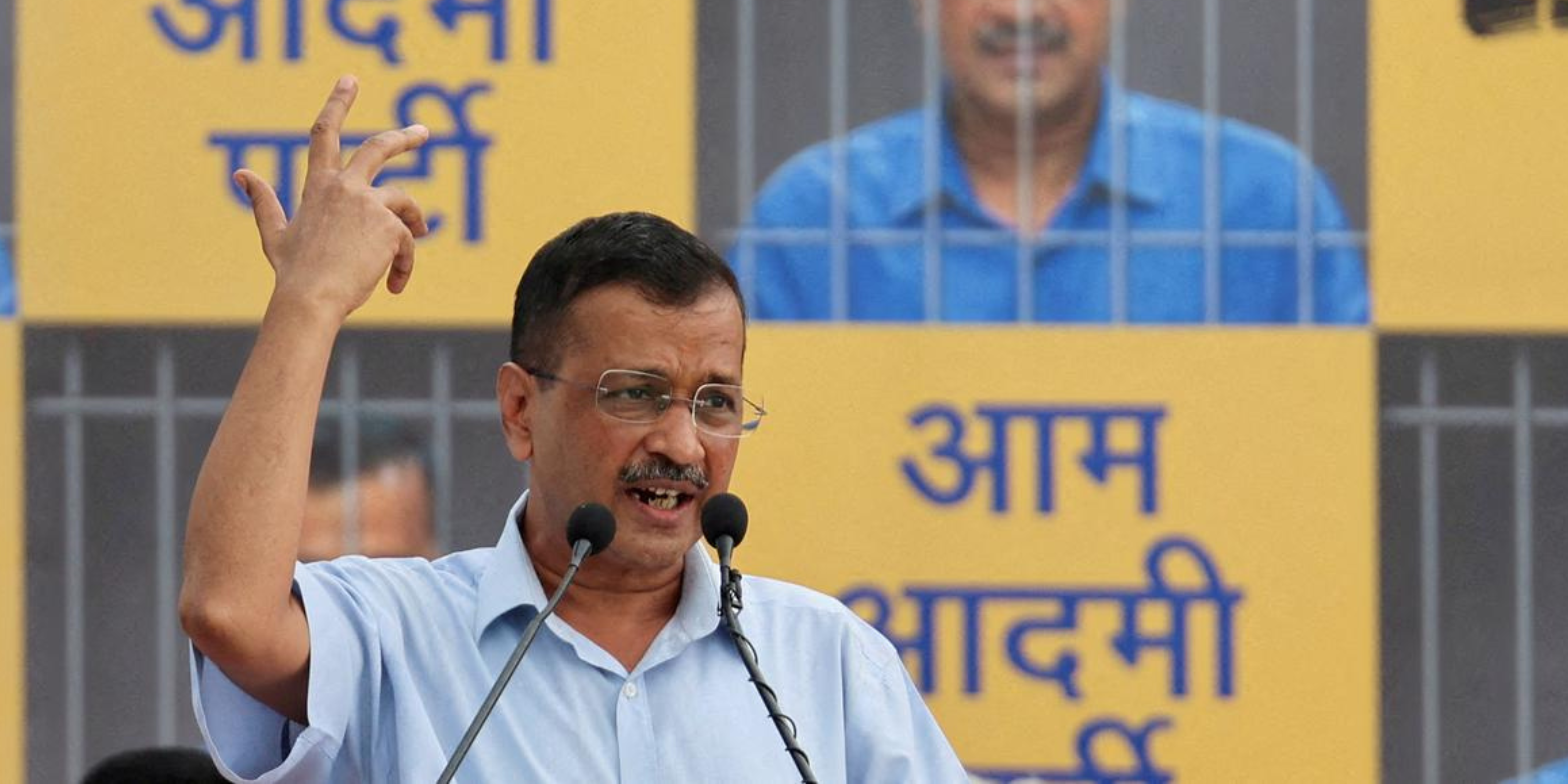

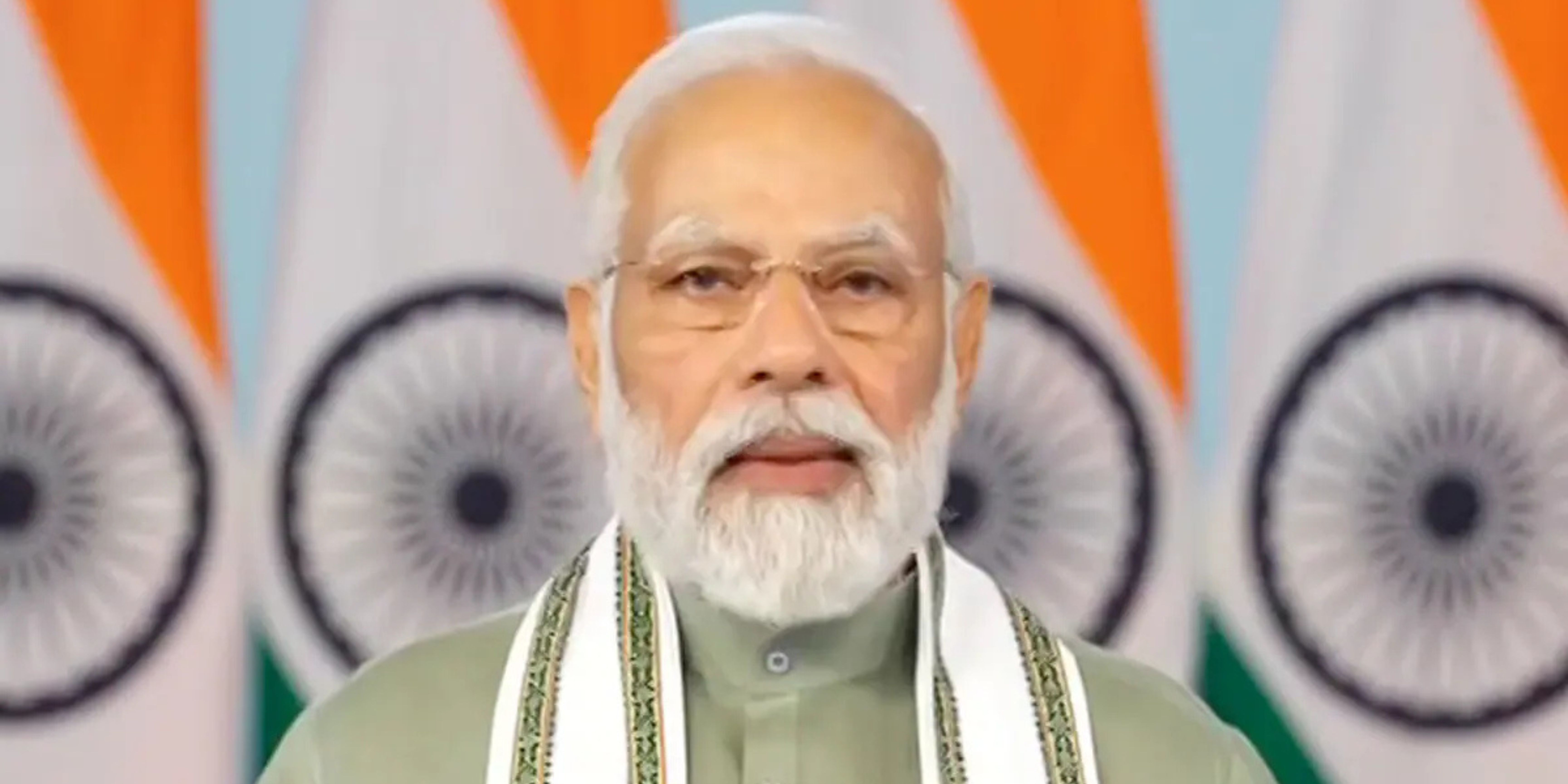
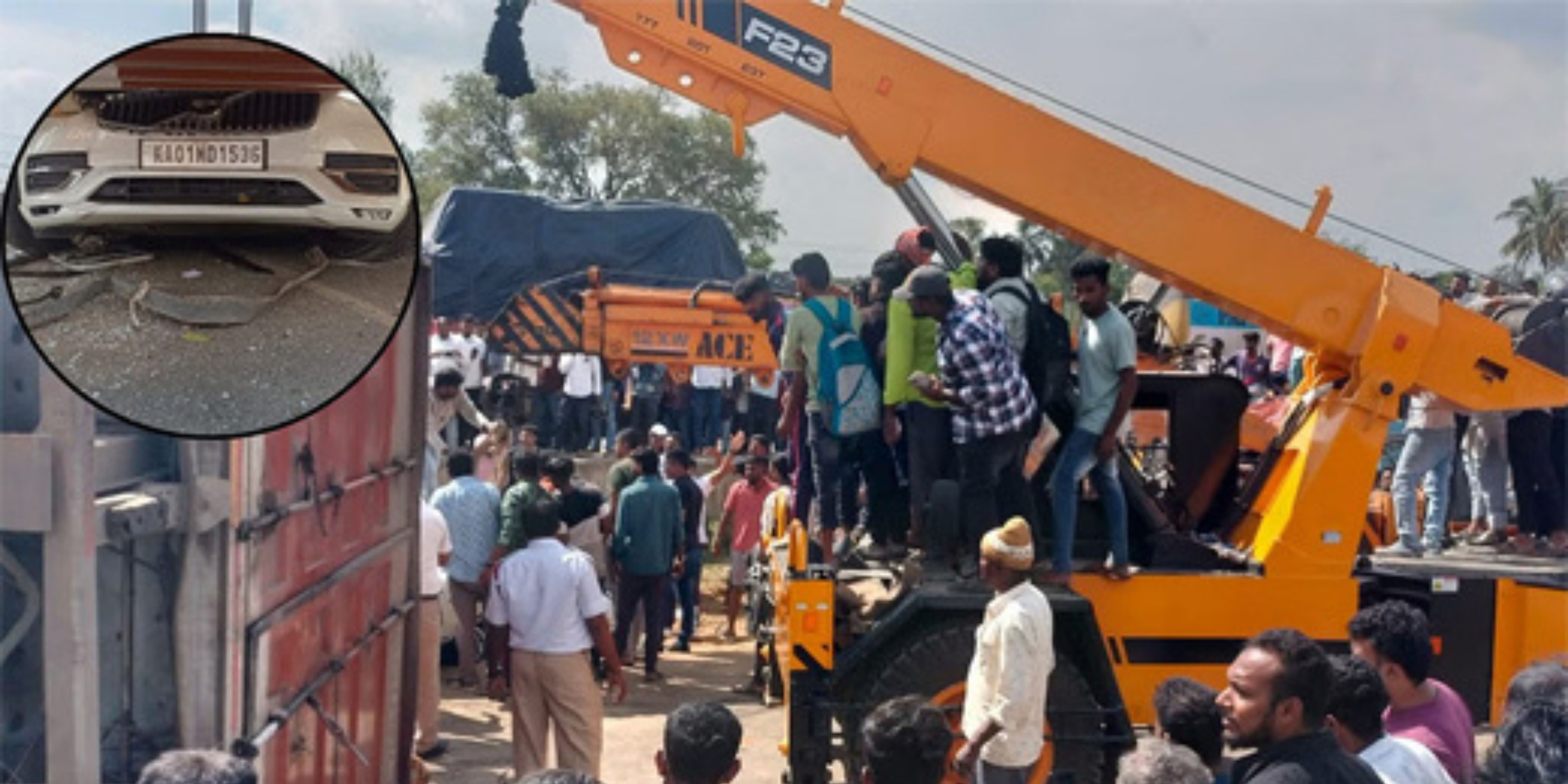


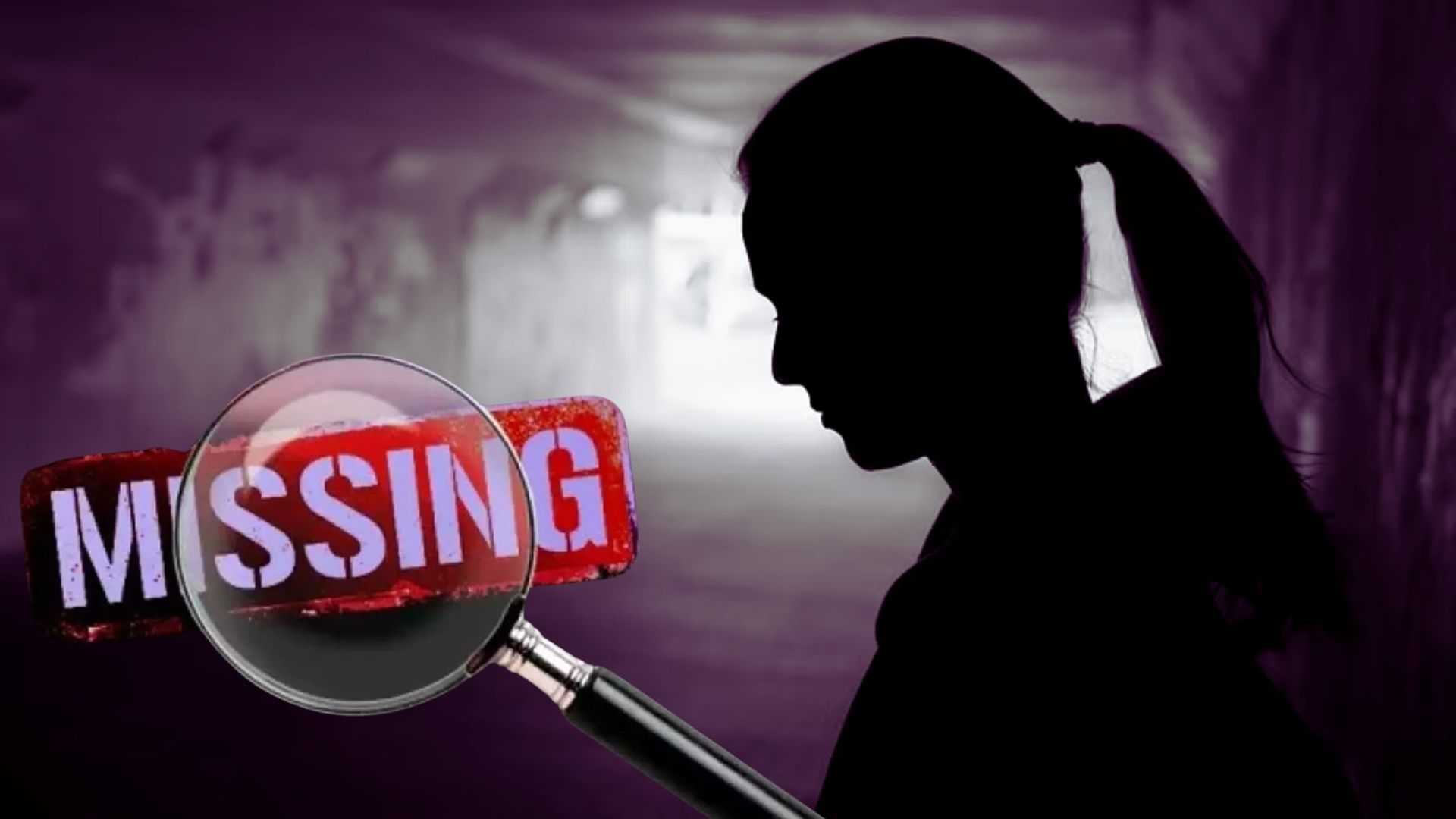

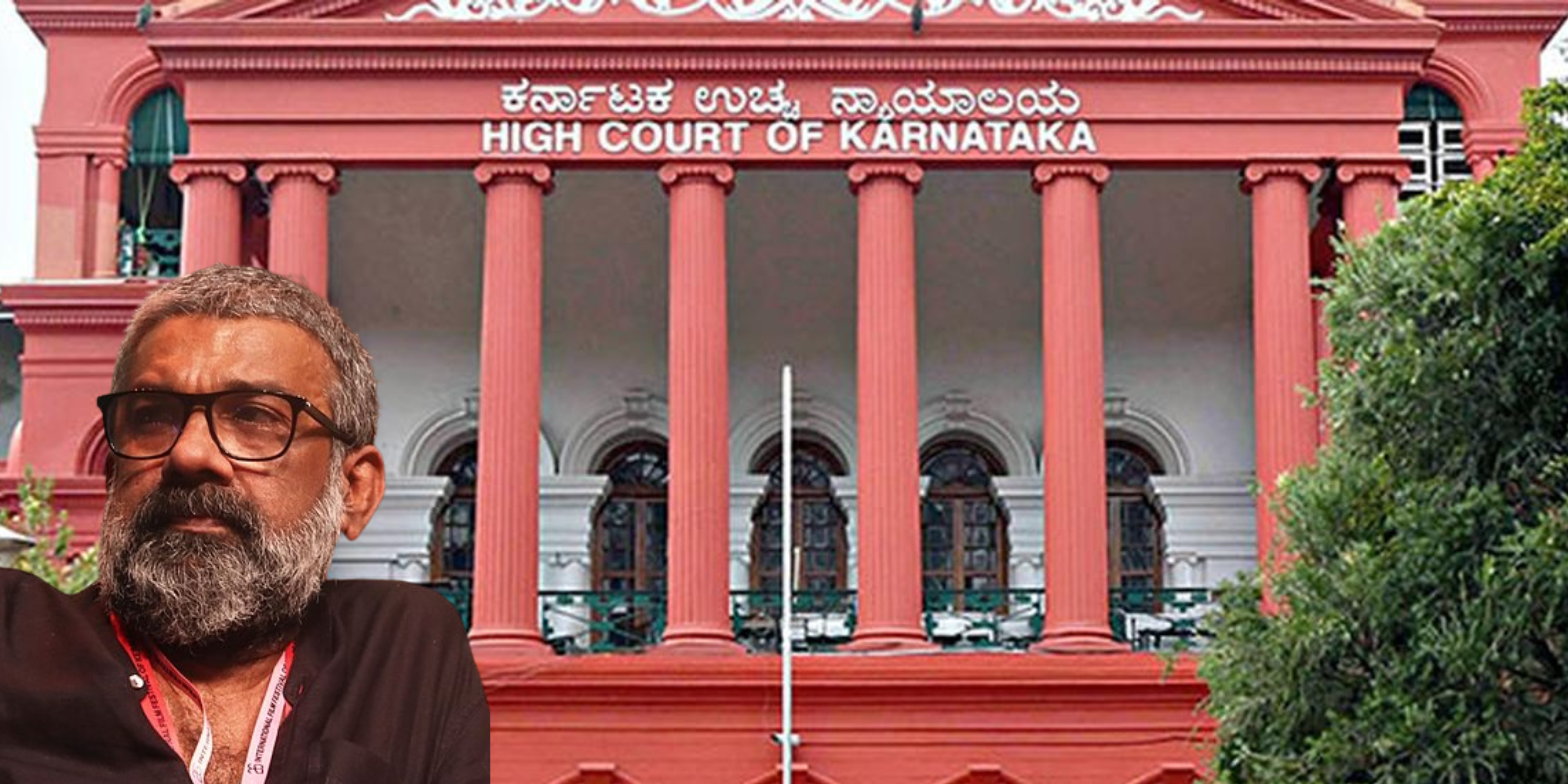
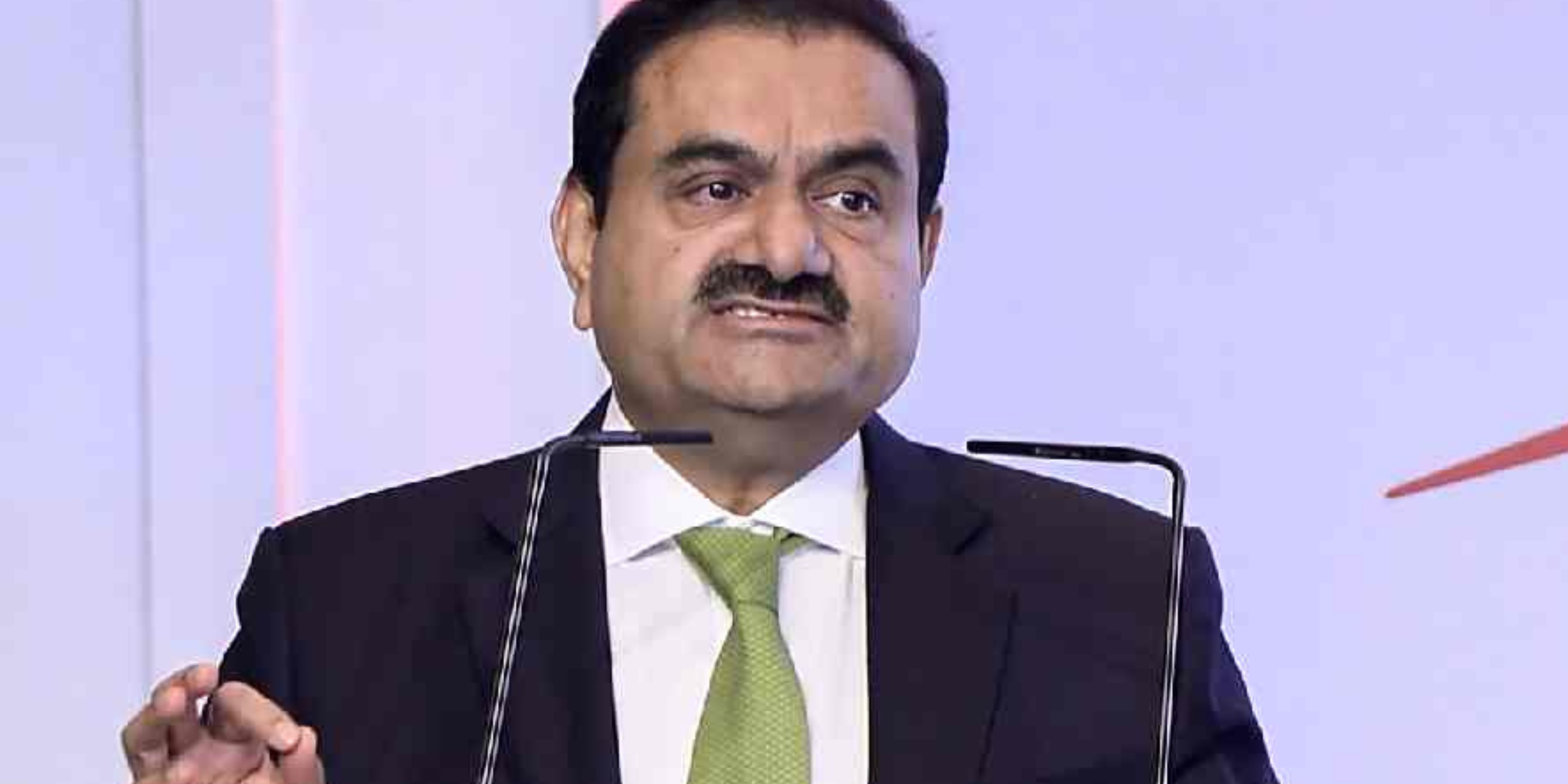
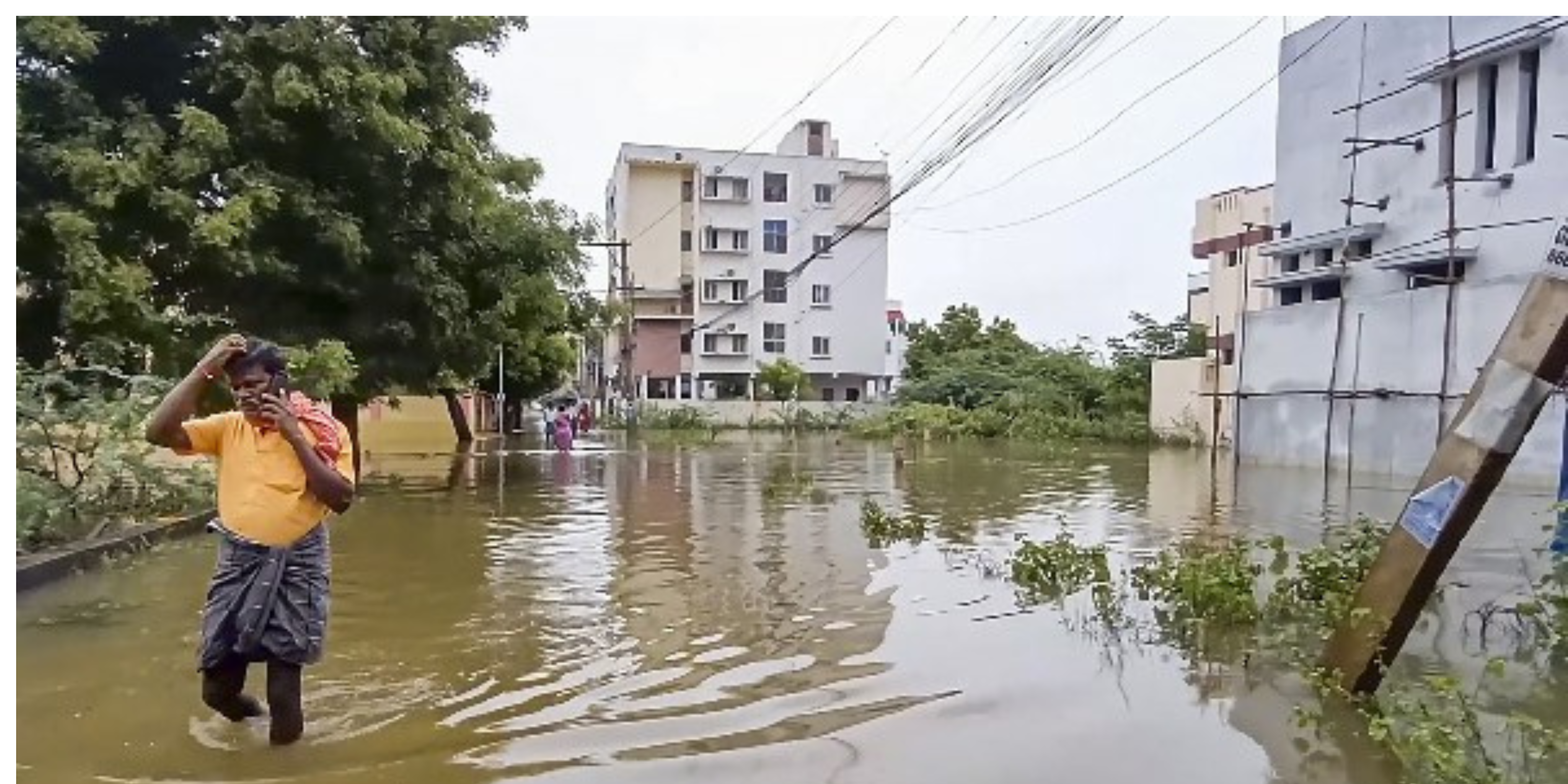
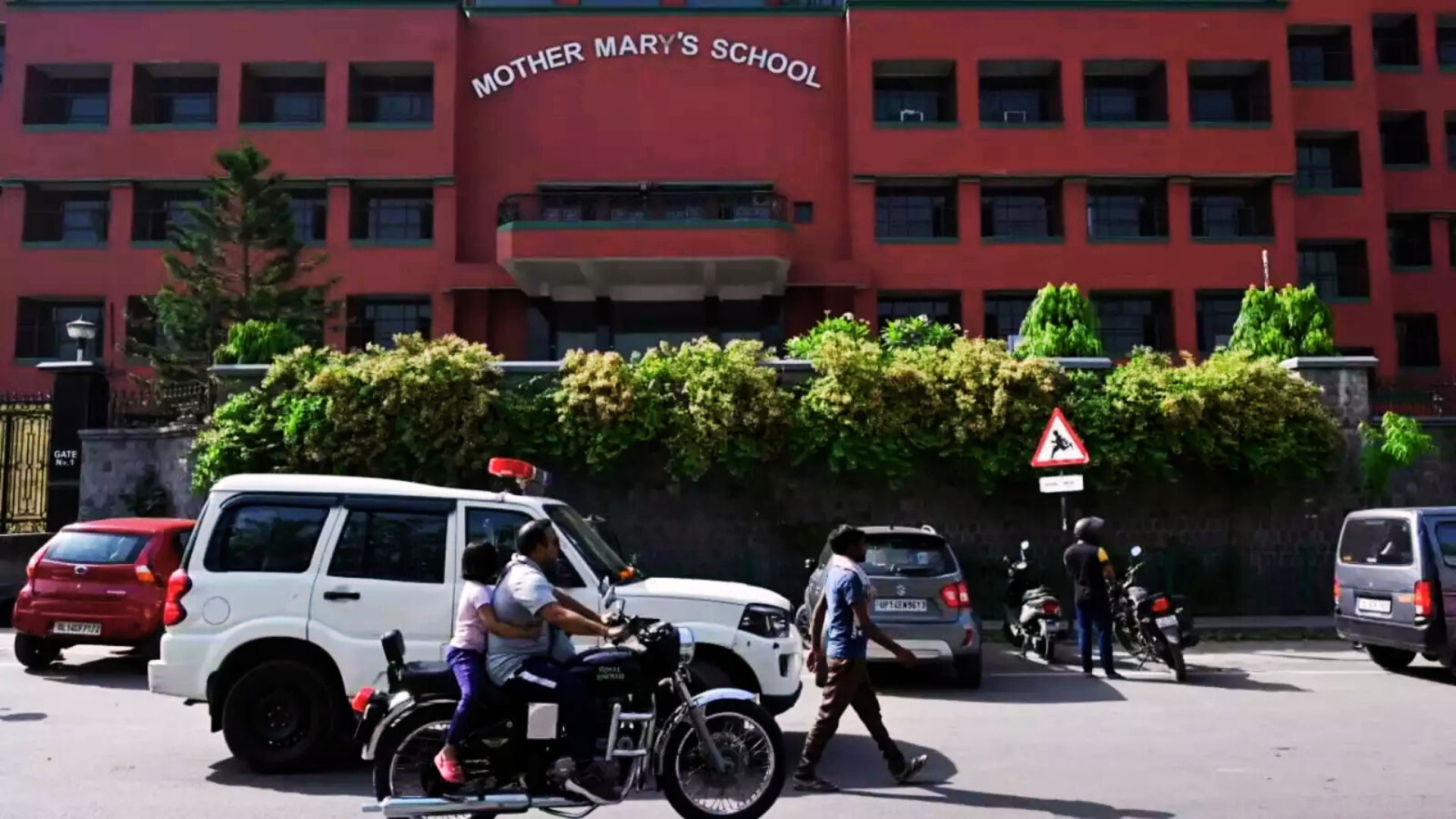
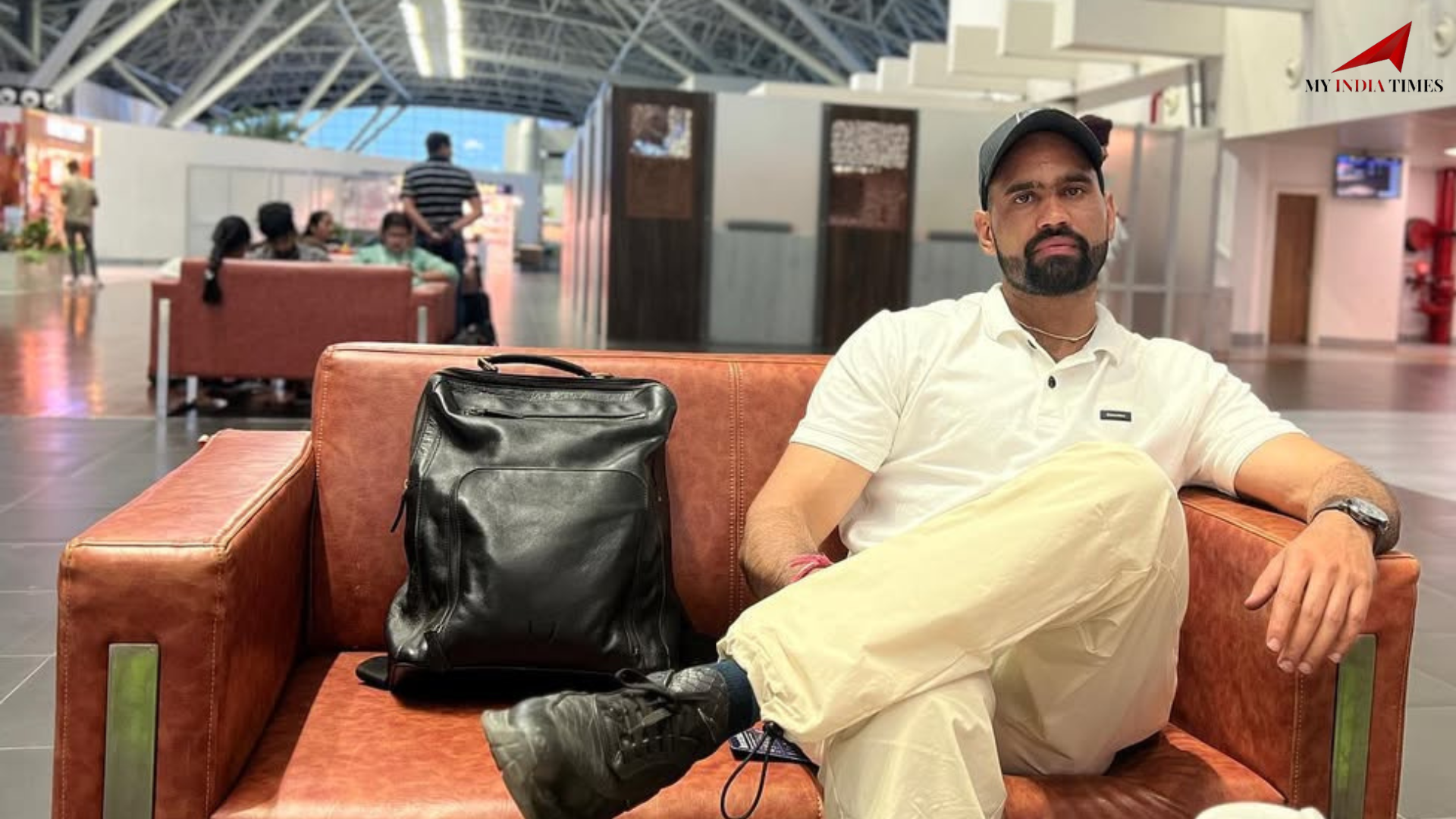

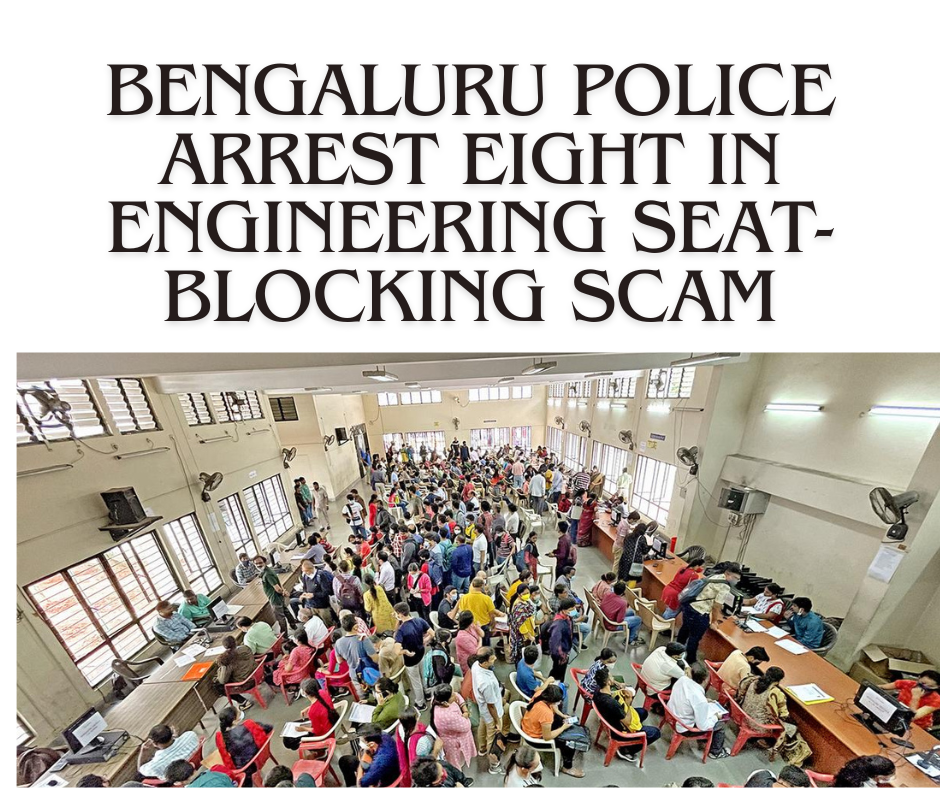
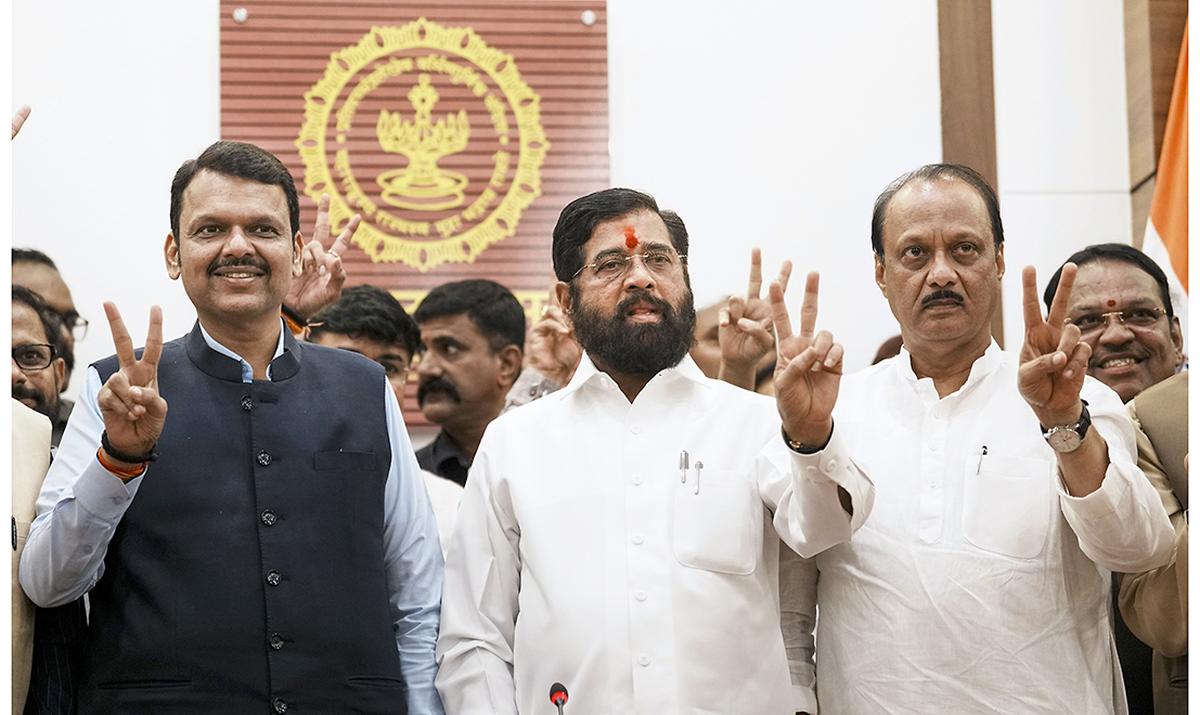

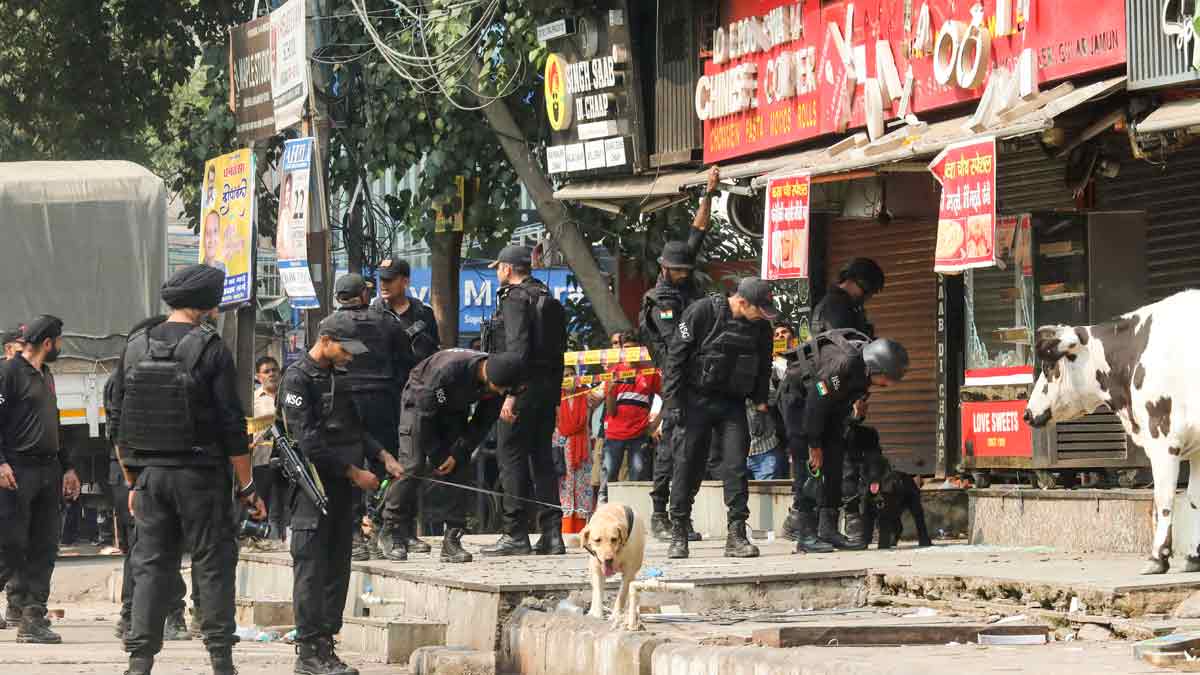


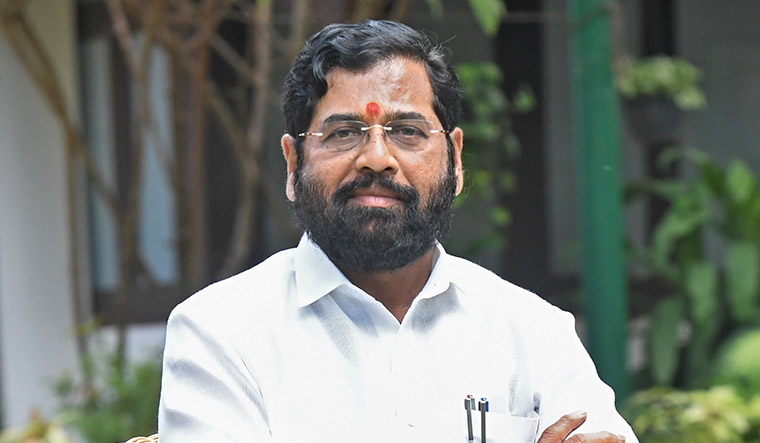
.png)
 (1).png)



